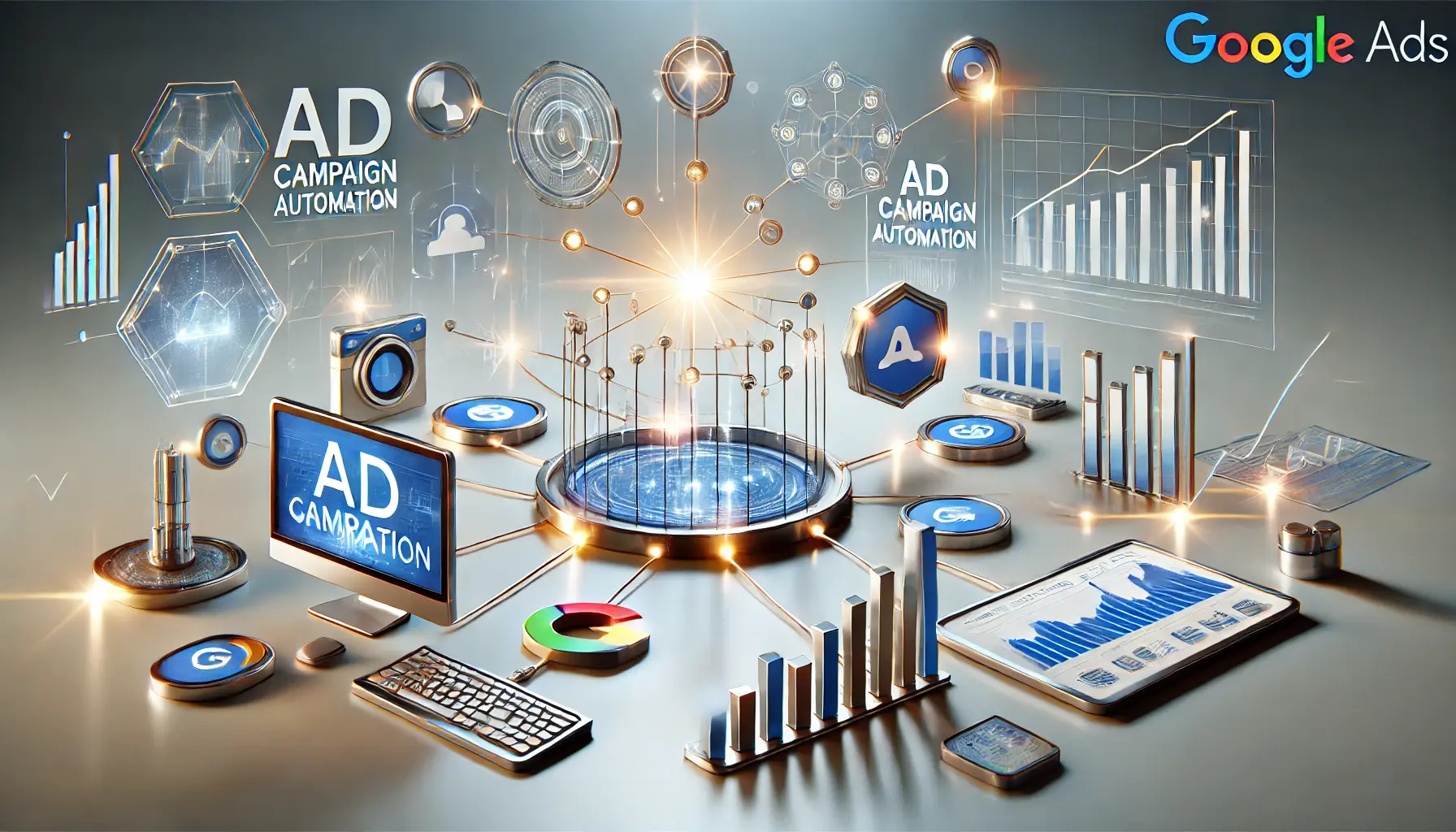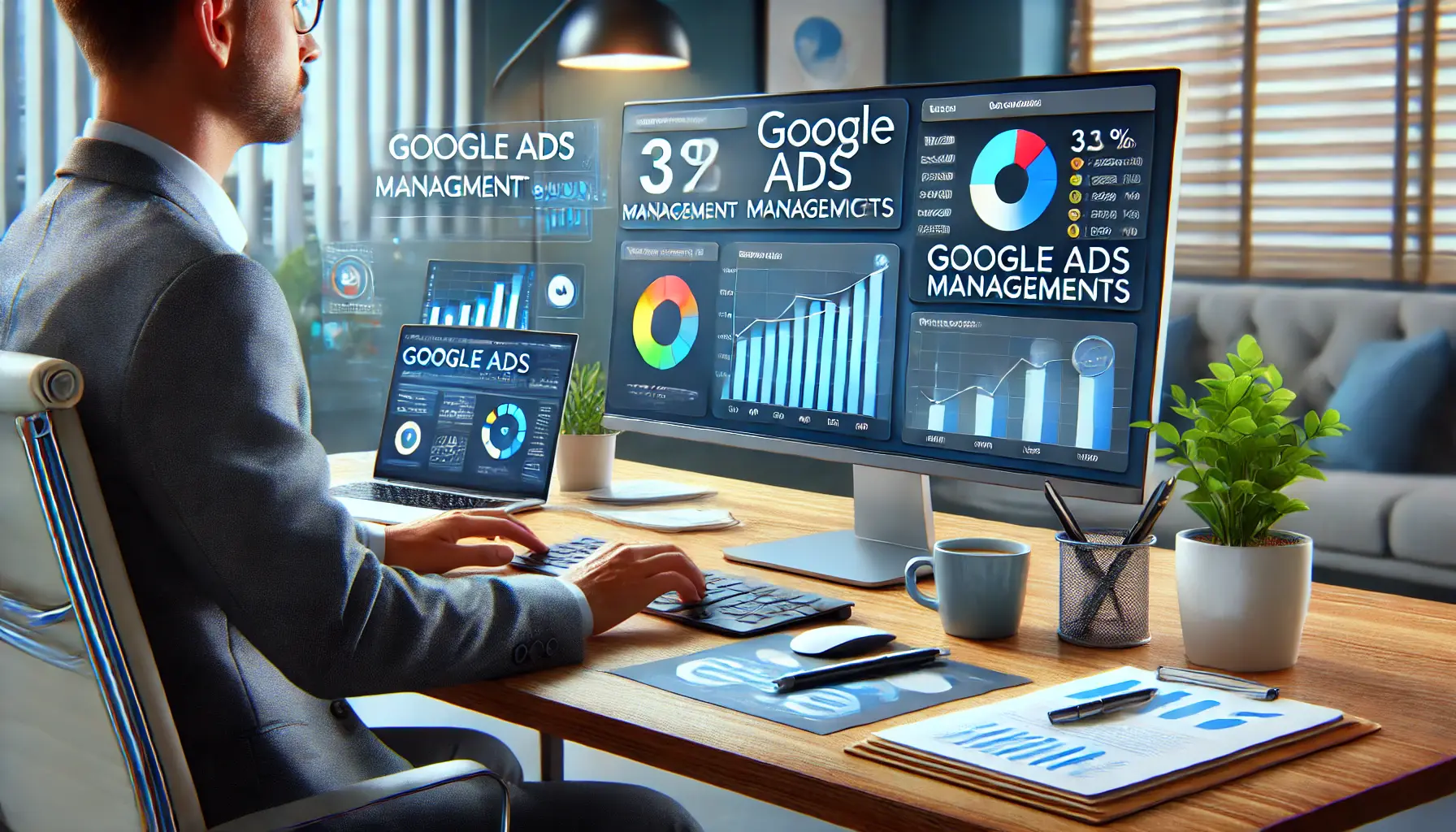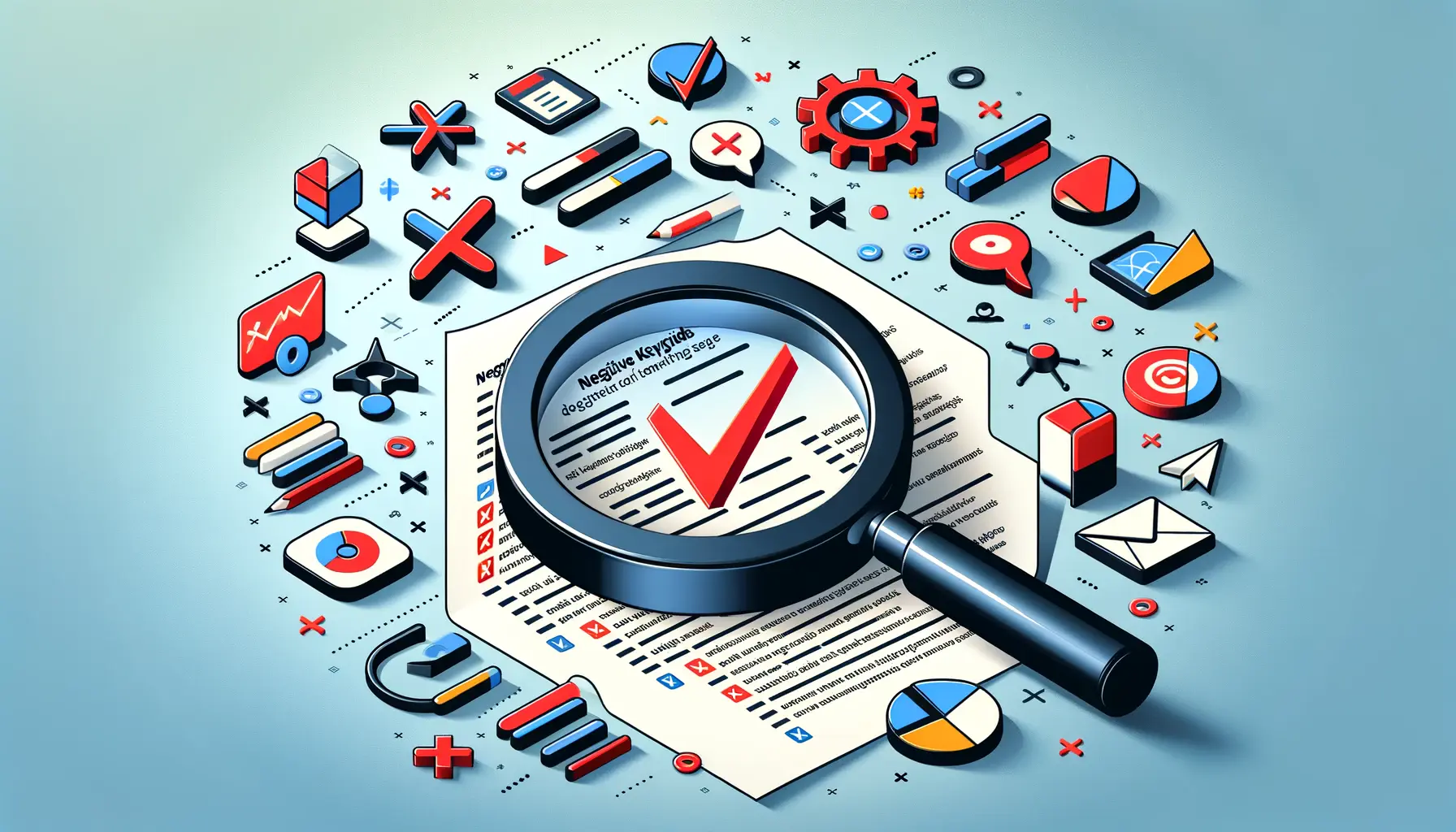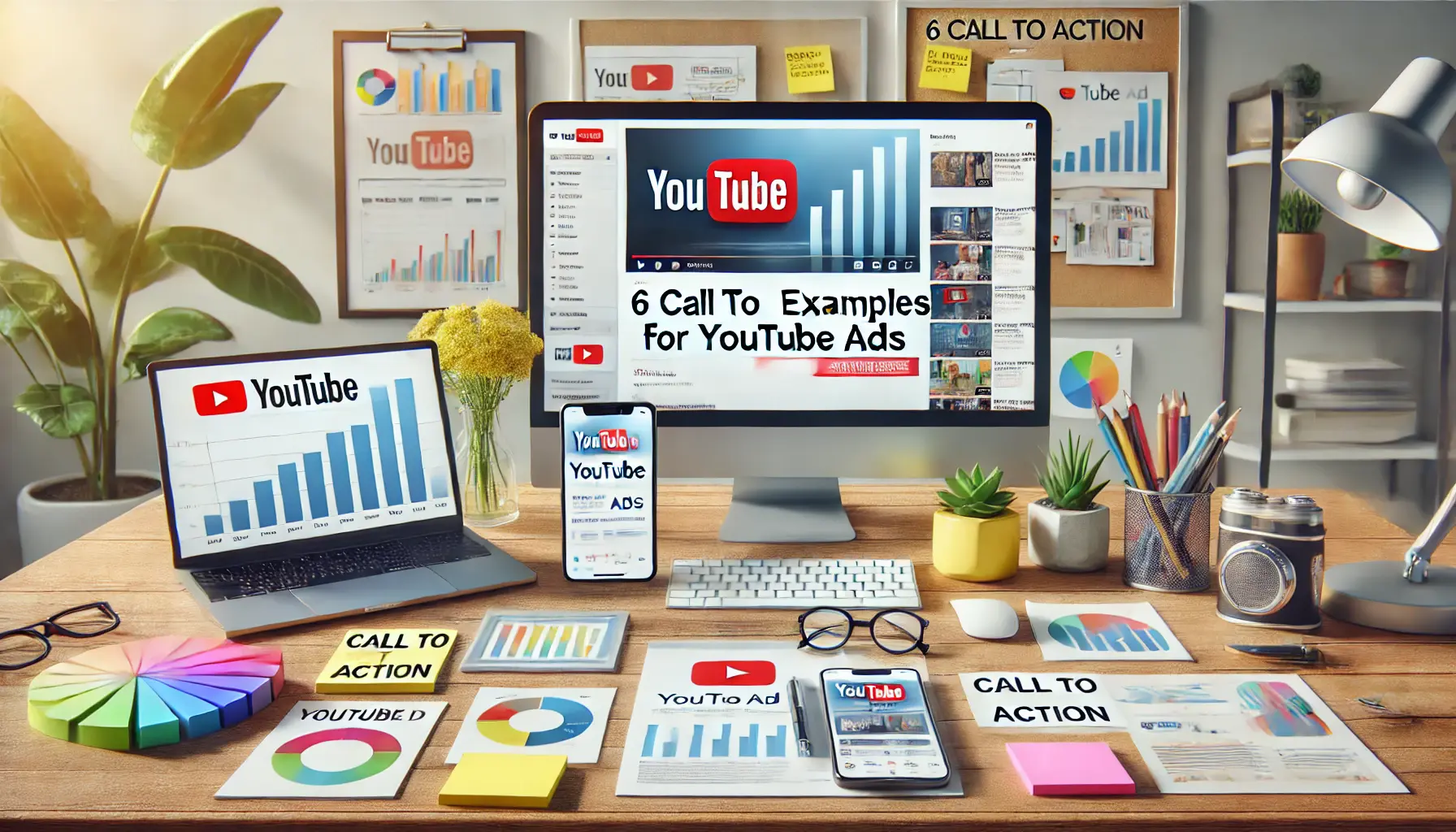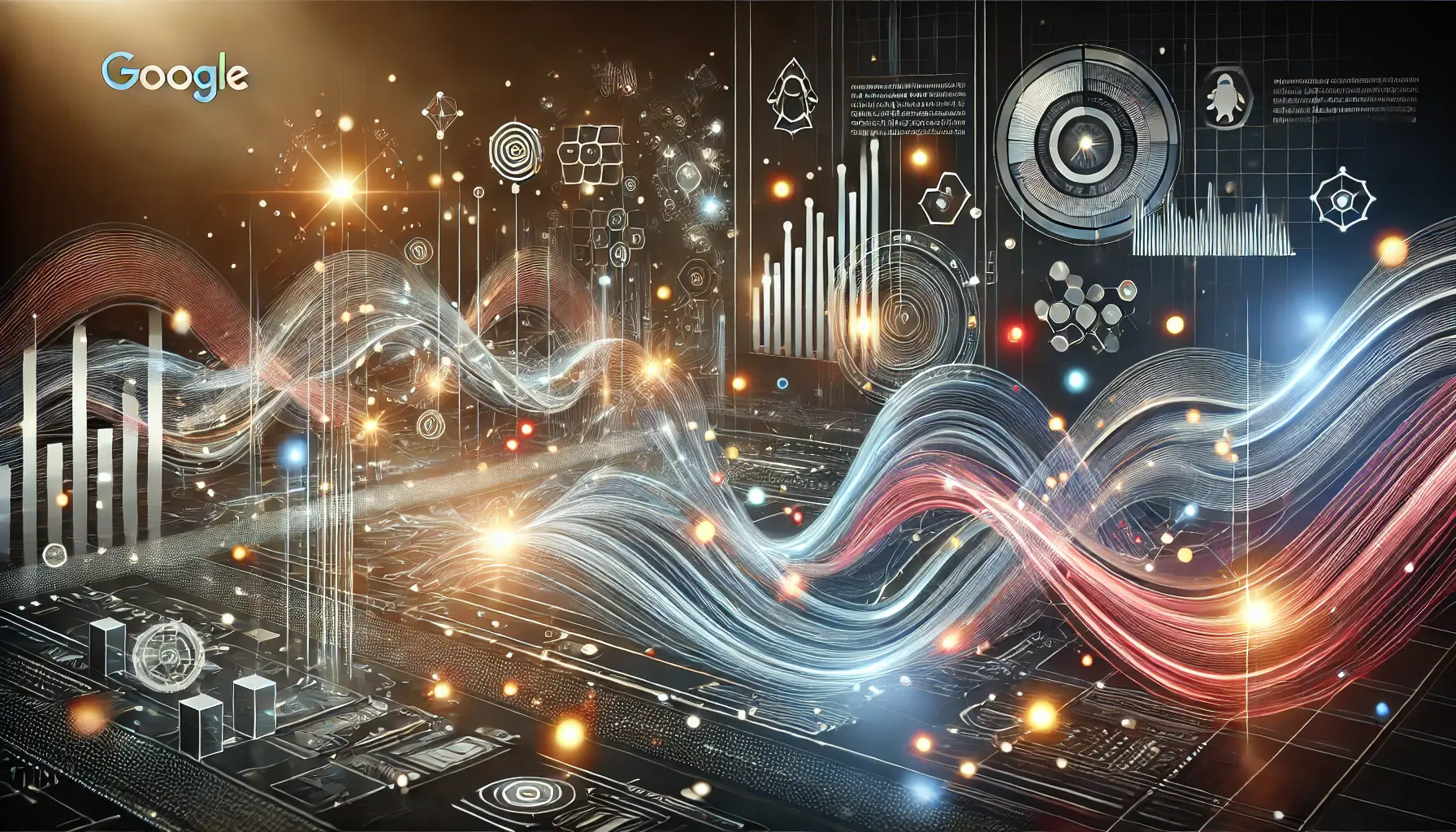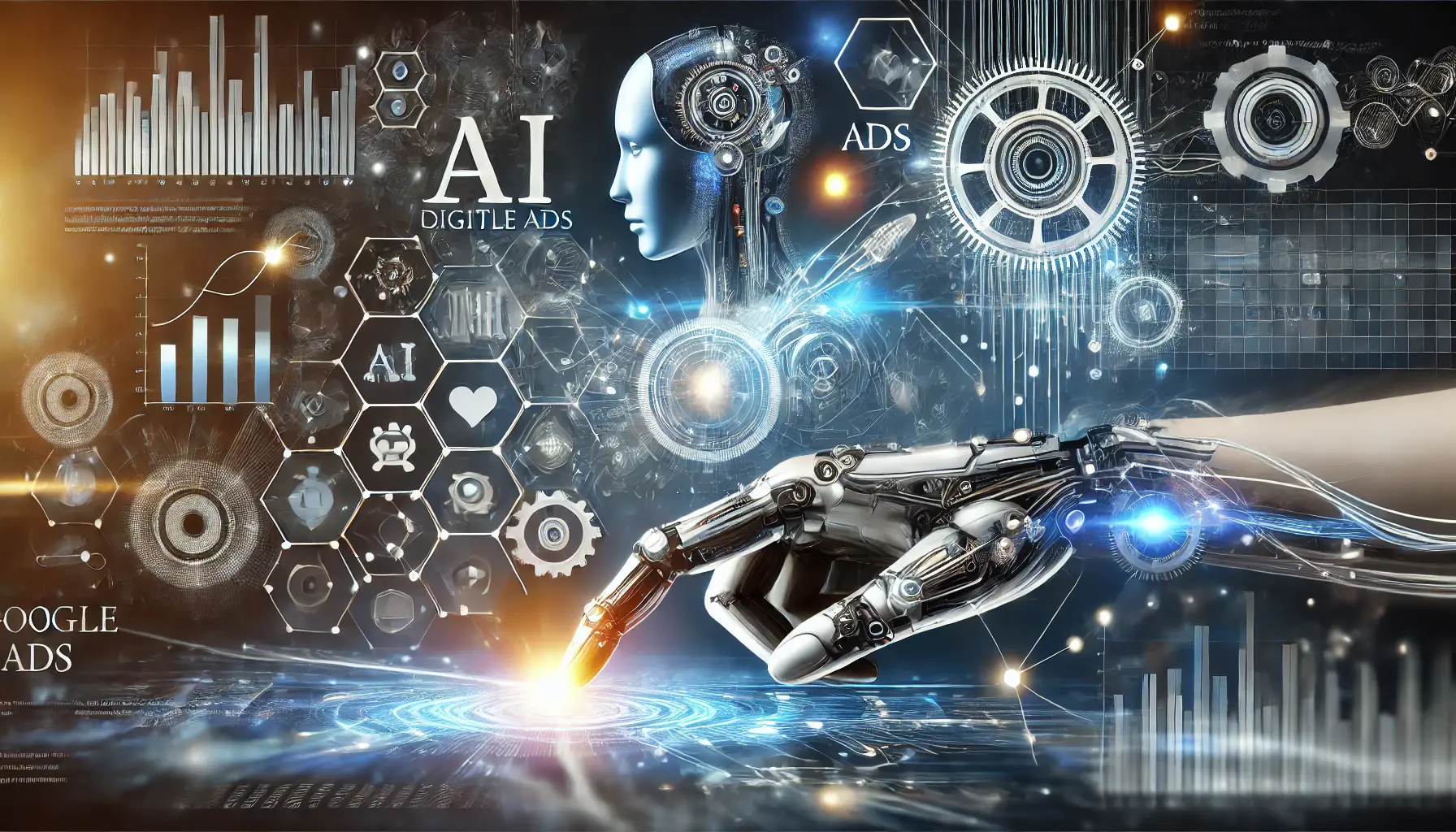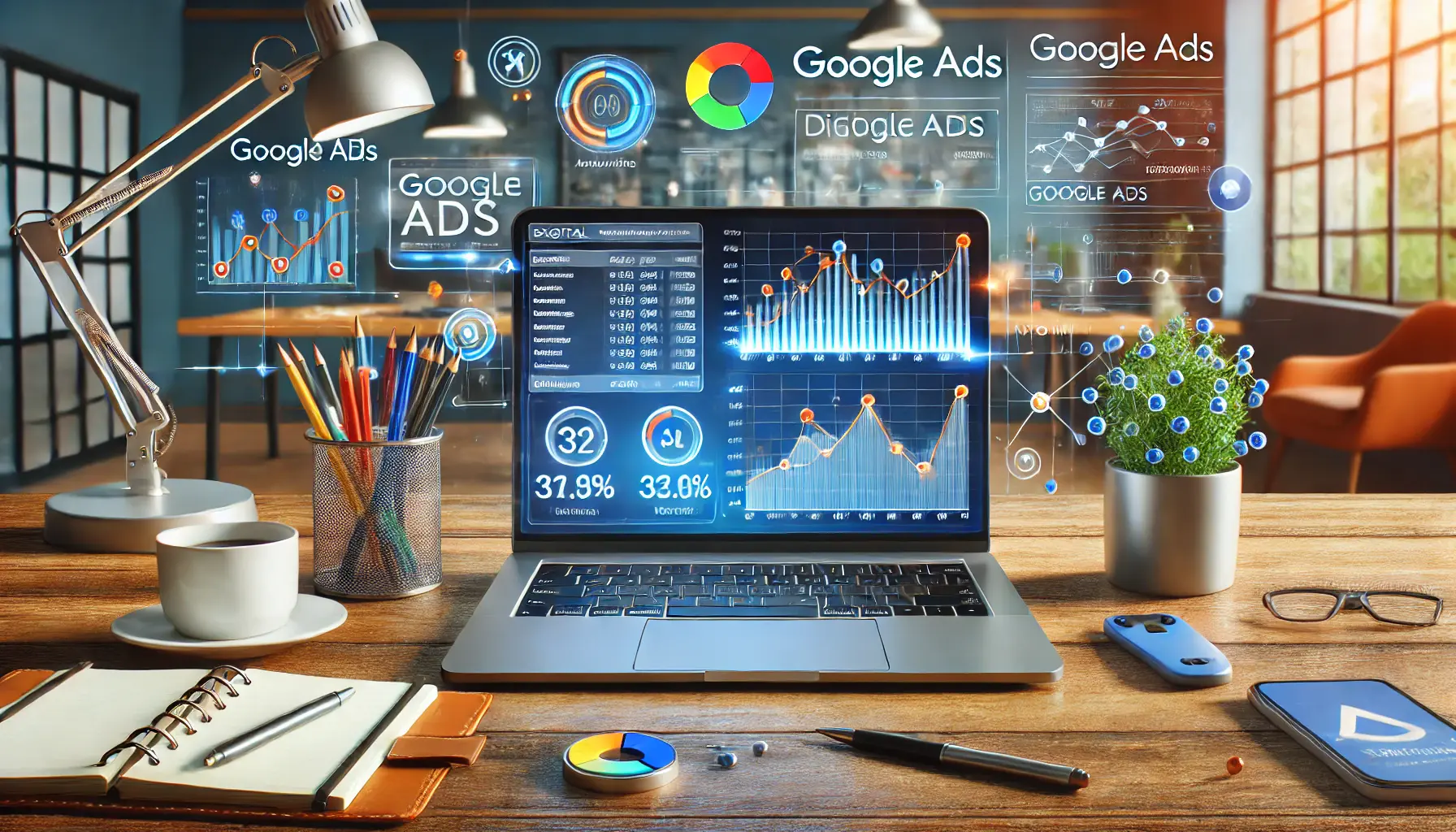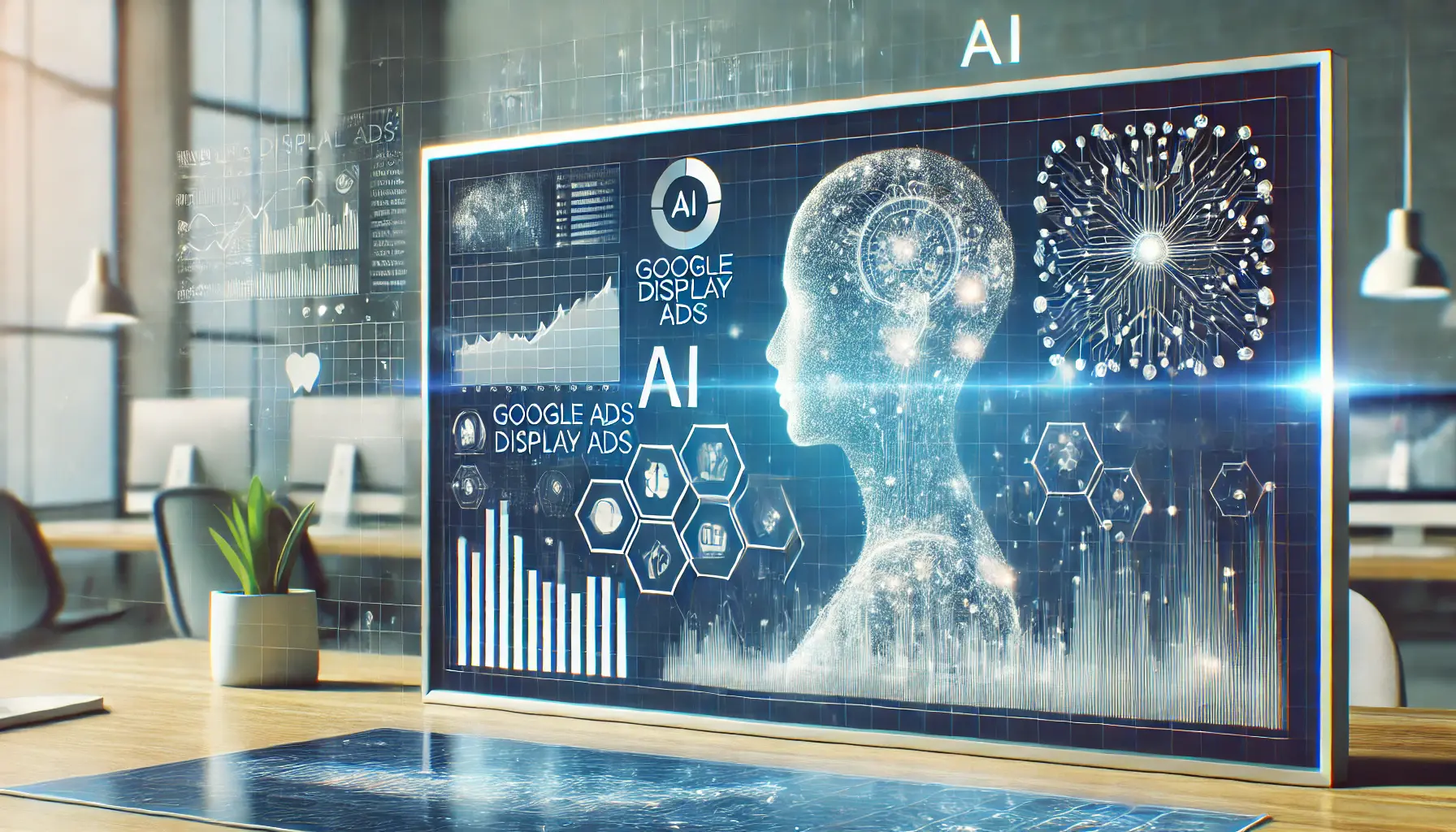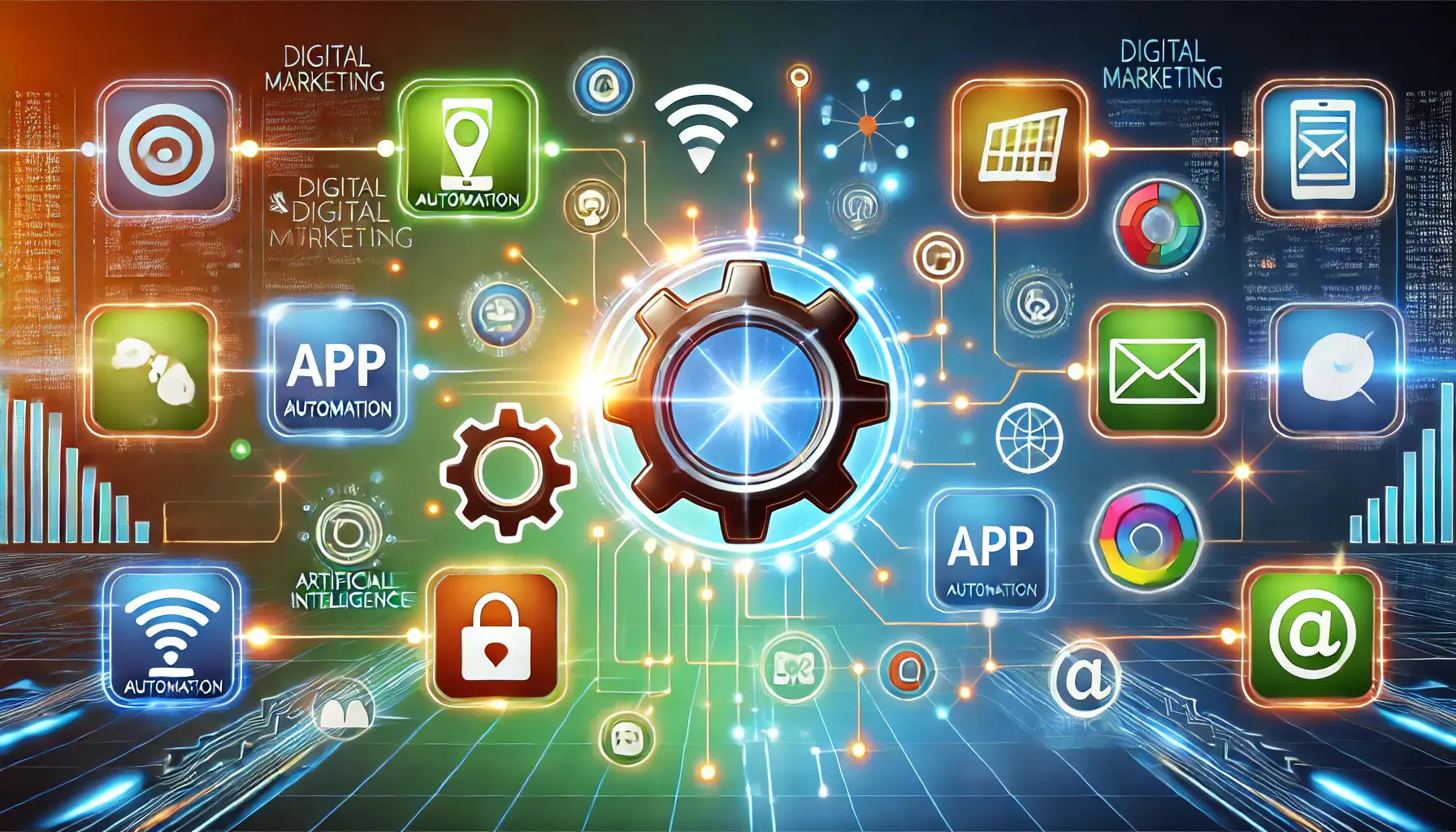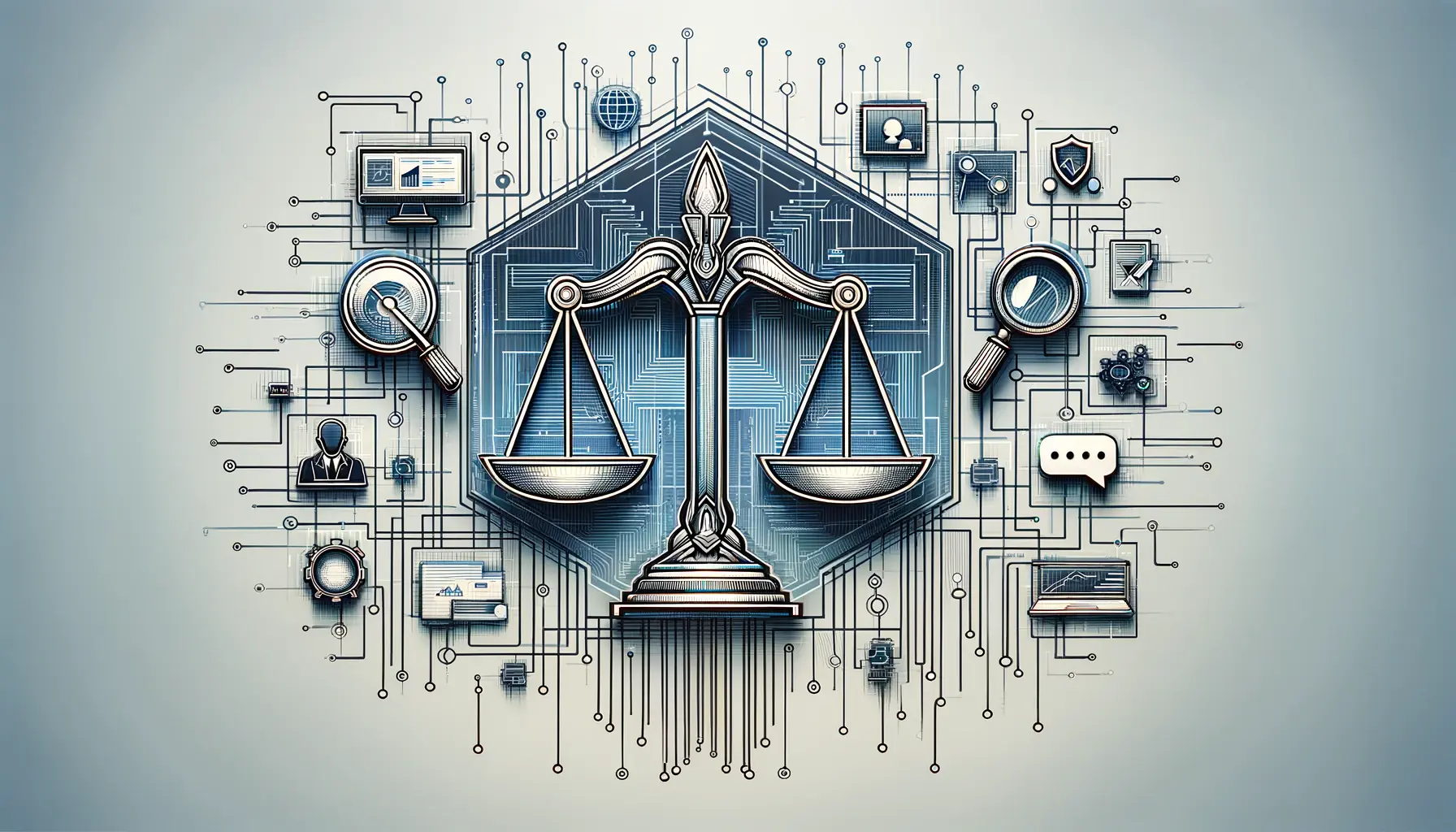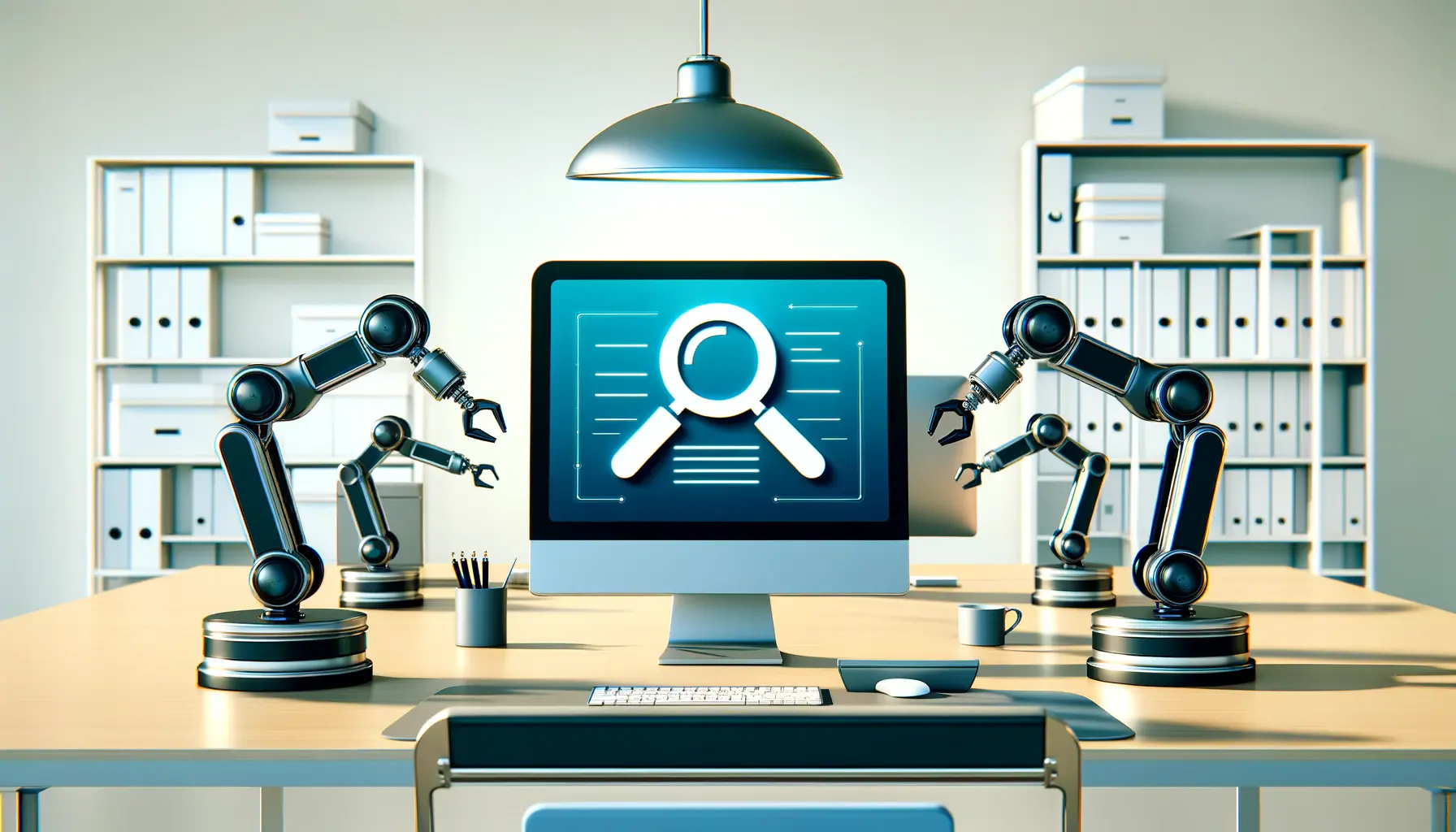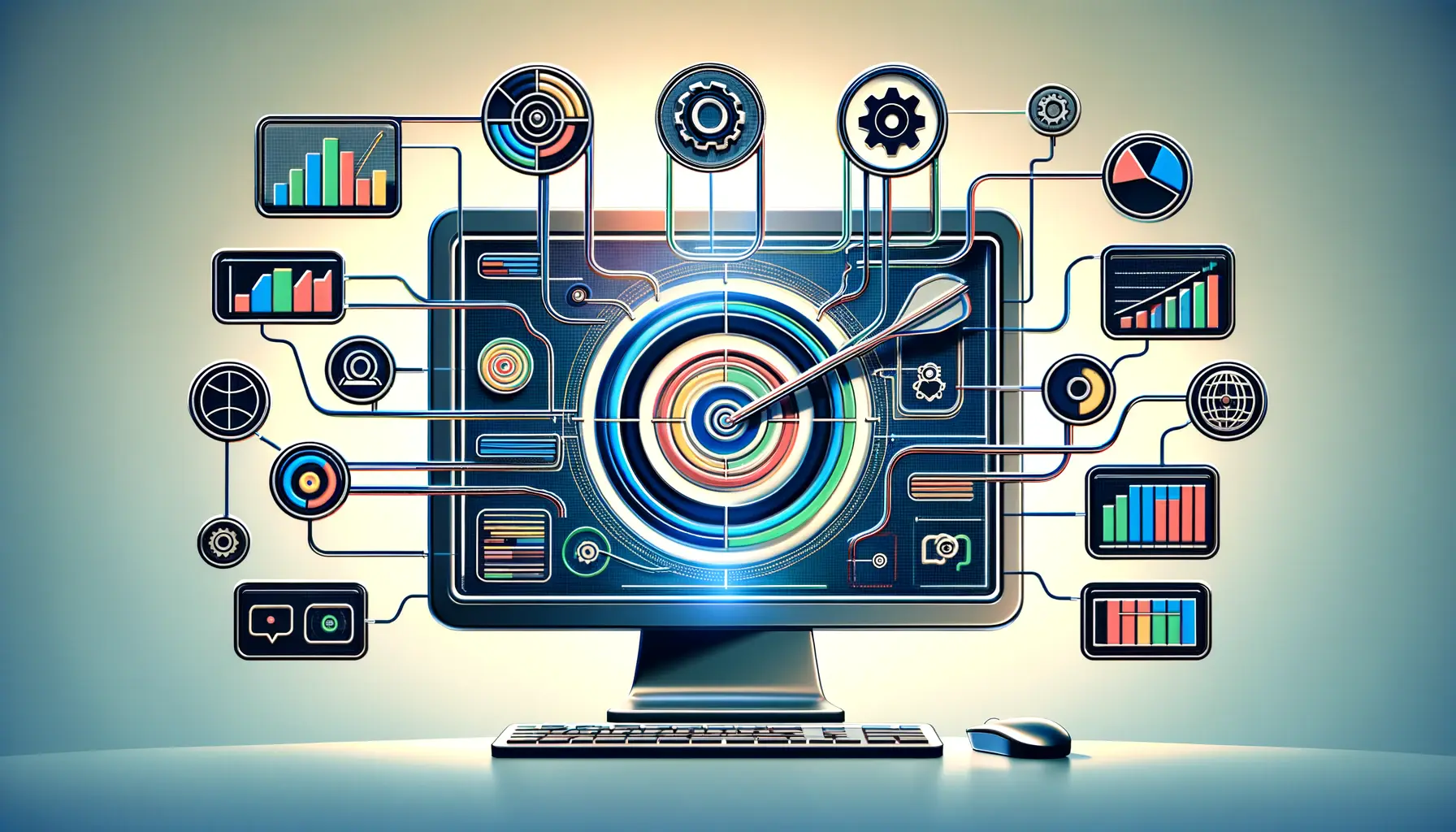In today’s fast-paced digital marketing landscape, managing ad campaigns can be both time-consuming and complex.
That’s where ad campaign automation in Google Ads comes into play.
By leveraging automation, you can streamline your advertising efforts, enhance performance, and focus more on strategic planning.
Let’s delve into the essentials of ad campaign automation and how it can revolutionize your marketing strategy.
- Understanding Ad Campaign Automation in Google Ads
- Implementing Automation in Your Google Ads Campaigns
- Best Practices for Google Ads Automation
- Common Challenges and Solutions in Google Ads Automation
- Future Trends in Google Ads Automation
- Maximizing Success with Google Ads Automation
- Ad Campaign Automation in Google Ads: Frequently Asked Questions
Understanding Ad Campaign Automation in Google Ads
Ad campaign automation in Google Ads involves advanced algorithmsStep-by-step procedures or formulas used to perform tasks or solve problems. and machine learningA subset of artificial intelligence where systems learn and improve from experience without being explicitly programmed. to optimize various aspects of your campaigns.
It automates everything from bidding to ad serving and targeting, ensuring the right ad reaches the right person at the right time.
This automation saves significant time and minimizes the potential for human error.
Additionally, real-time optimizationThe process of continuously improving performance or results as new data becomes available, without delay. using performance data can dramatically enhance campaign efficiency and effectiveness.
Here are some key benefits of ad campaign automation:
- Time Efficiency: Automation carries out repetitive tasks, allowing you to focus on creative and strategic work.
- Stronger Performance: Automated systems continuously learn and adapt to optimize your campaigns for better results.
- Cost-Effectiveness: By automating bids and targeting, you can maximize the value of your investment.
By embracing ad campaign automation in Google Ads, you can transform your approach to digital marketing, making it more efficient, impactful, and rewarding.
Ad campaign automation in Google Ads leverages machine learning and real-time performance data to save time and reduce errors while enhancing efficiency.
It’s a must-have for businesses aiming to stay competitive in the digital advertising landscape.
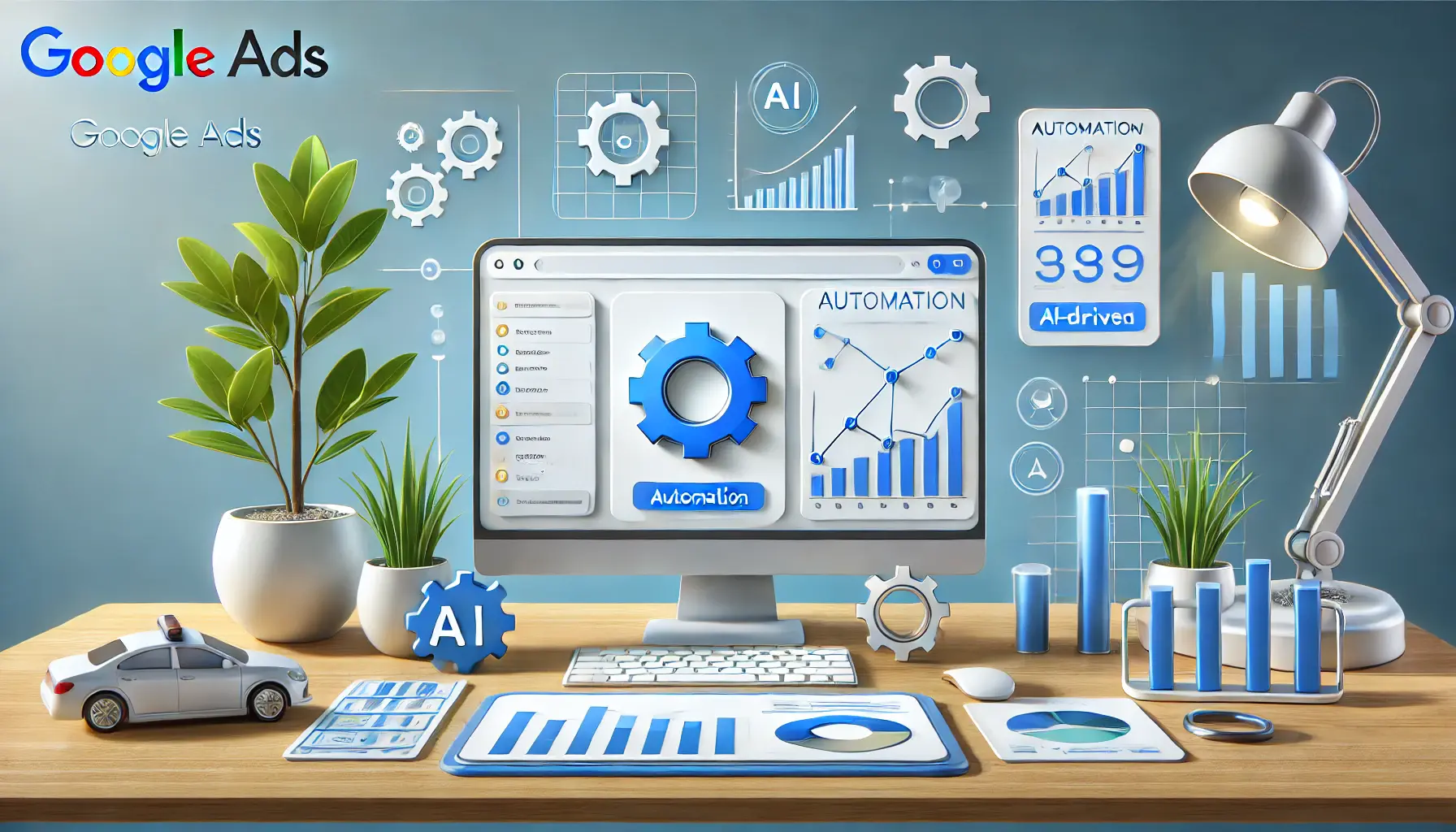
Implementing Automation in Google Ads – Streamlining campaign management with AI-driven tools and strategies.
Implementing Automation in Your Google Ads Campaigns
Integrating automation into your Google Ads campaigns can significantly enhance efficiency and performance.
By automating tasks such as bidding, ad creation, and performance monitoring, you can focus more on strategic planning and creative development.
Let’s explore how to implement automation effectively in your campaigns.
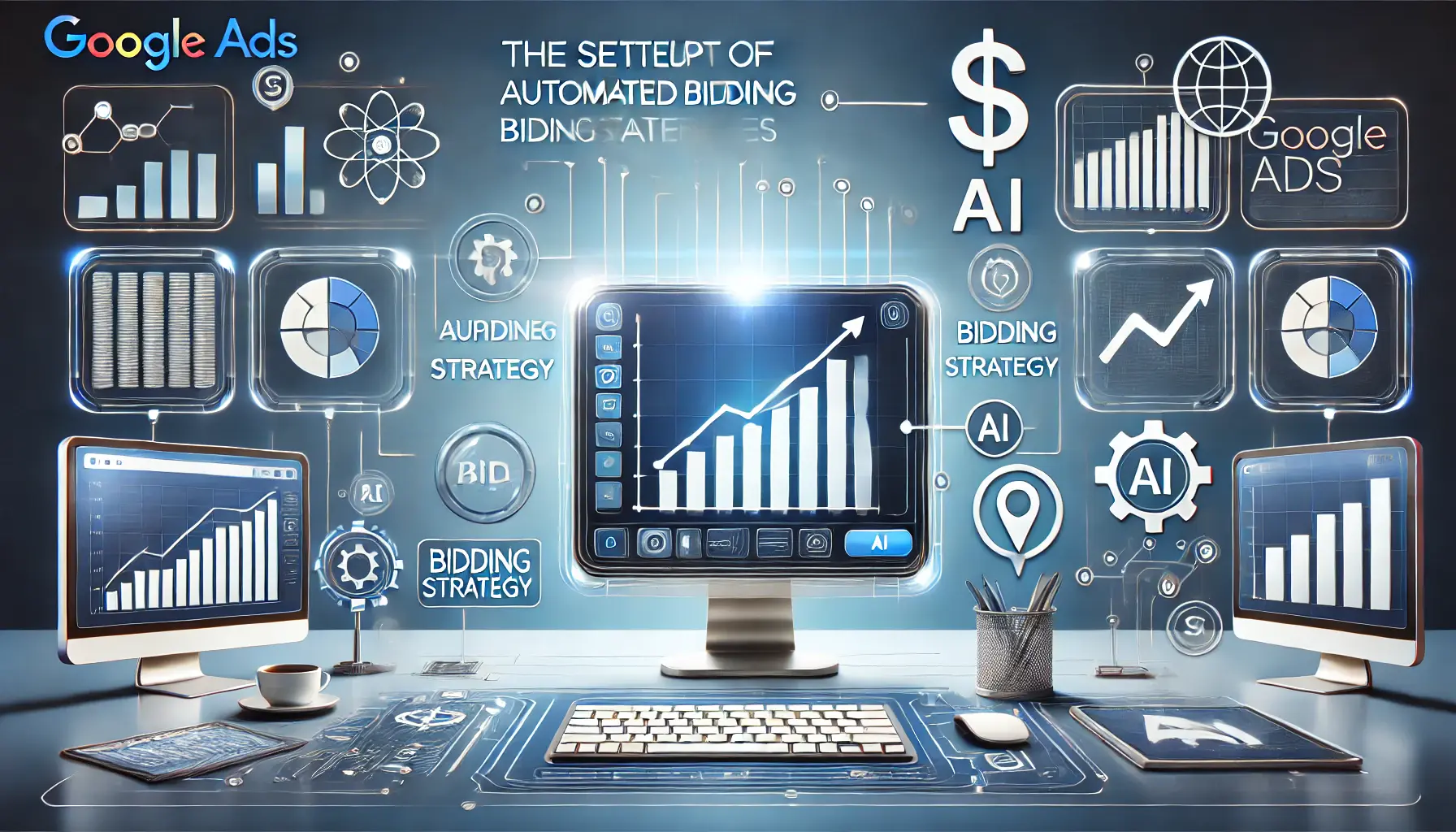
Setting Up Automated Bidding Strategies – Optimizing Google Ads campaigns with advanced automation.
Setting Up Automated Bidding Strategies
Automated bidding uses machine learning to automatically adjust your bids in real time to meet your campaign goals.
Here’s how to set it up:
- Choose a Bidding Strategy: Select from options like Target CPA, Target ROAS, or Maximize Conversions, depending on your objectives.
- Configure Settings: In your Google Ads account, navigate to the campaign settings and choose your preferred automated bidding strategy.
- Monitor Performance: Check regularly to ensure the performance of your campaign aligns with the automated strategy being used.
Automated bidding can save time and improve results by dynamically adjusting bids to meet your specified targets.
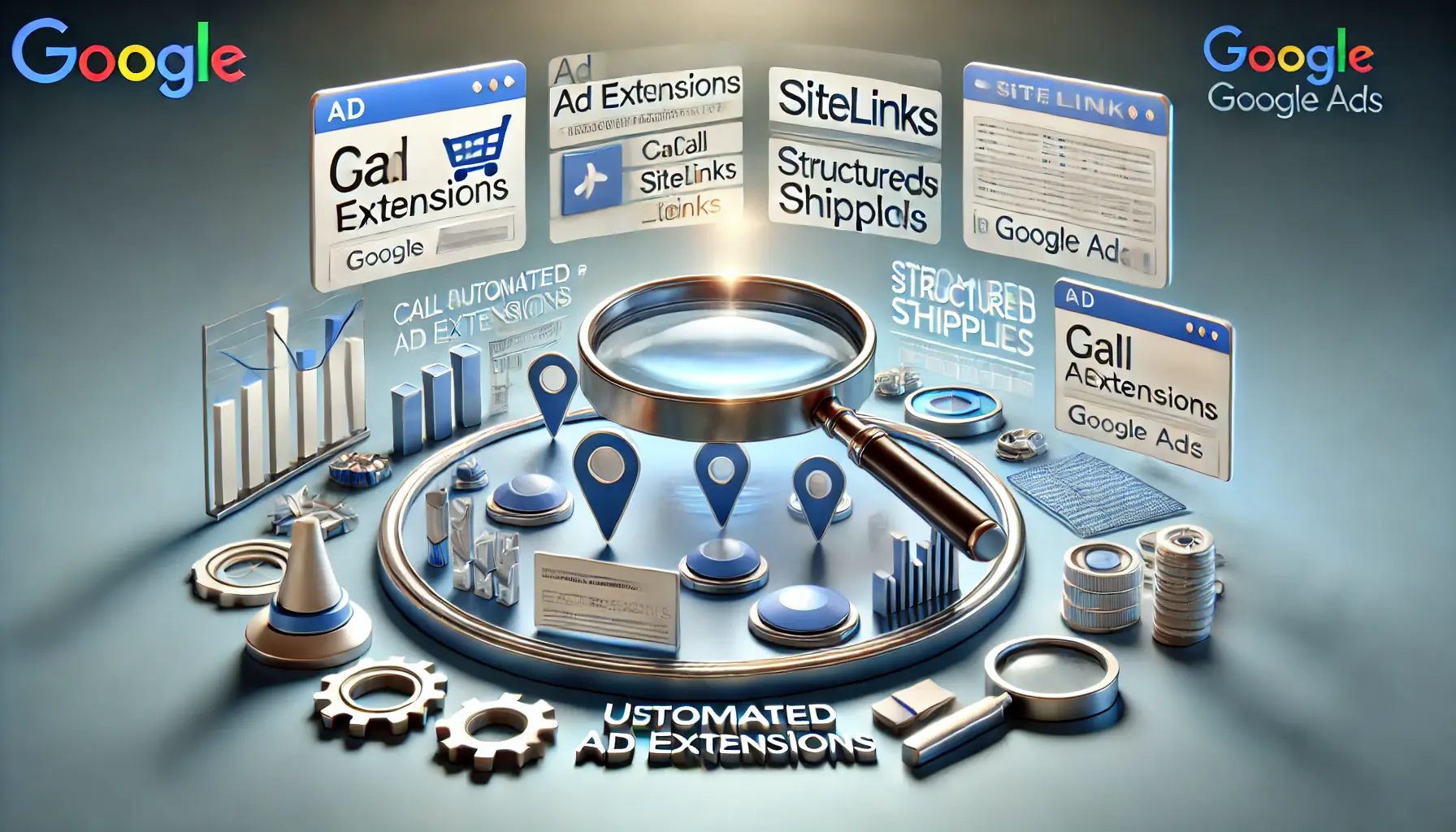
Utilizing Automated Ad Extensions – Enhancing ad visibility and engagement through automation.
Utilizing Automated Ad Extensions
Ad extensions provide additional information to your ads, increasing visibility and click-through rates.
Automation can manage these extensions efficiently:
- Allow Automatic Extensions: In your Google Ads account, navigate to the ad extensions section and enable automated extensions.
- Extension Variety: Sitelink extensions, call extensions, and structured snippets are some of the automated extensions available in Google Ads.
- Review and Optimize: Regularly check the performance of automated extensions and make adjustments to ensure they remain relevant and effective.
By utilizing automated ad extensionsAdditional information that enhances ads, such as links, phone numbers, or locations., you can enhance your ad’s appeal without manual intervention.
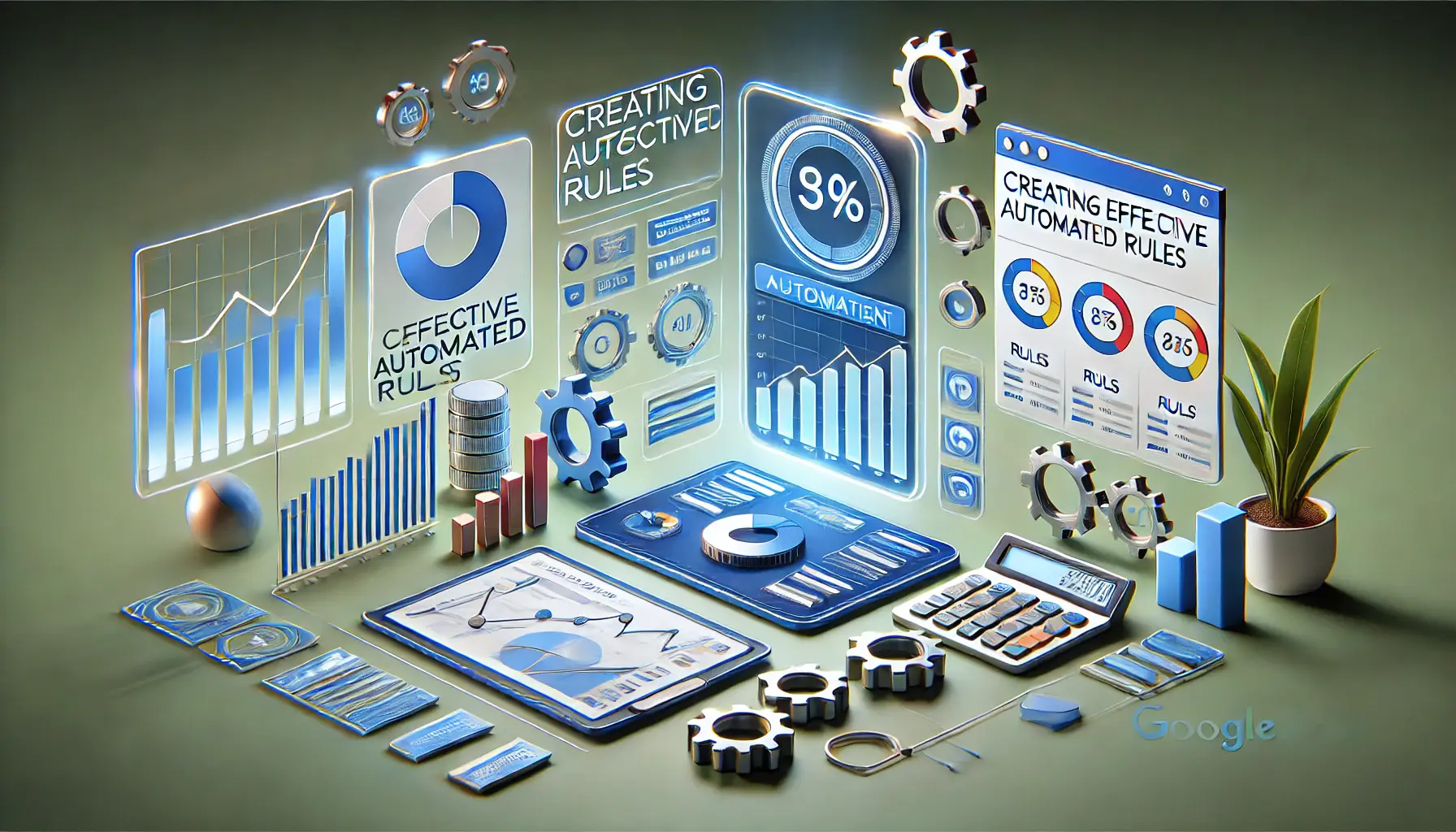
Creating Effective Automated Rules – Streamlining campaign management with customizable automation.
Creating Effective Automated Rules
Automated rules allow you to set predefined conditions for your campaigns, enabling automatic adjustments based on performance metrics:
- Define Conditions: Determine the criteria that will trigger automated actions, such as pausing underperforming ads or increasing budgets for high-performing campaigns.
- Set Up Rules: In your Google Ads account, access the automated rules section and create rules based on your predefined conditions.
- Test and Refine: Apply the rules on a small scale first, monitor the results, and iterate to best meet your campaign goals.
Automated rules continuously keep campaigns optimal, resulting in less manual intervention.
By effectively integrating these automation features into your Google Ads campaigns, you can streamline operations, enhance performance, and achieve your advertising goals more effectively.
Integrating automated bidding, ad extensions, and rules into your Google Ads campaigns allows you to optimize performance while focusing on strategy and creativity.
- Start with automated bidding for dynamic bid adjustments.
- Enable automated ad extensions to boost visibility.
- Set up automated rules to manage campaigns effectively.
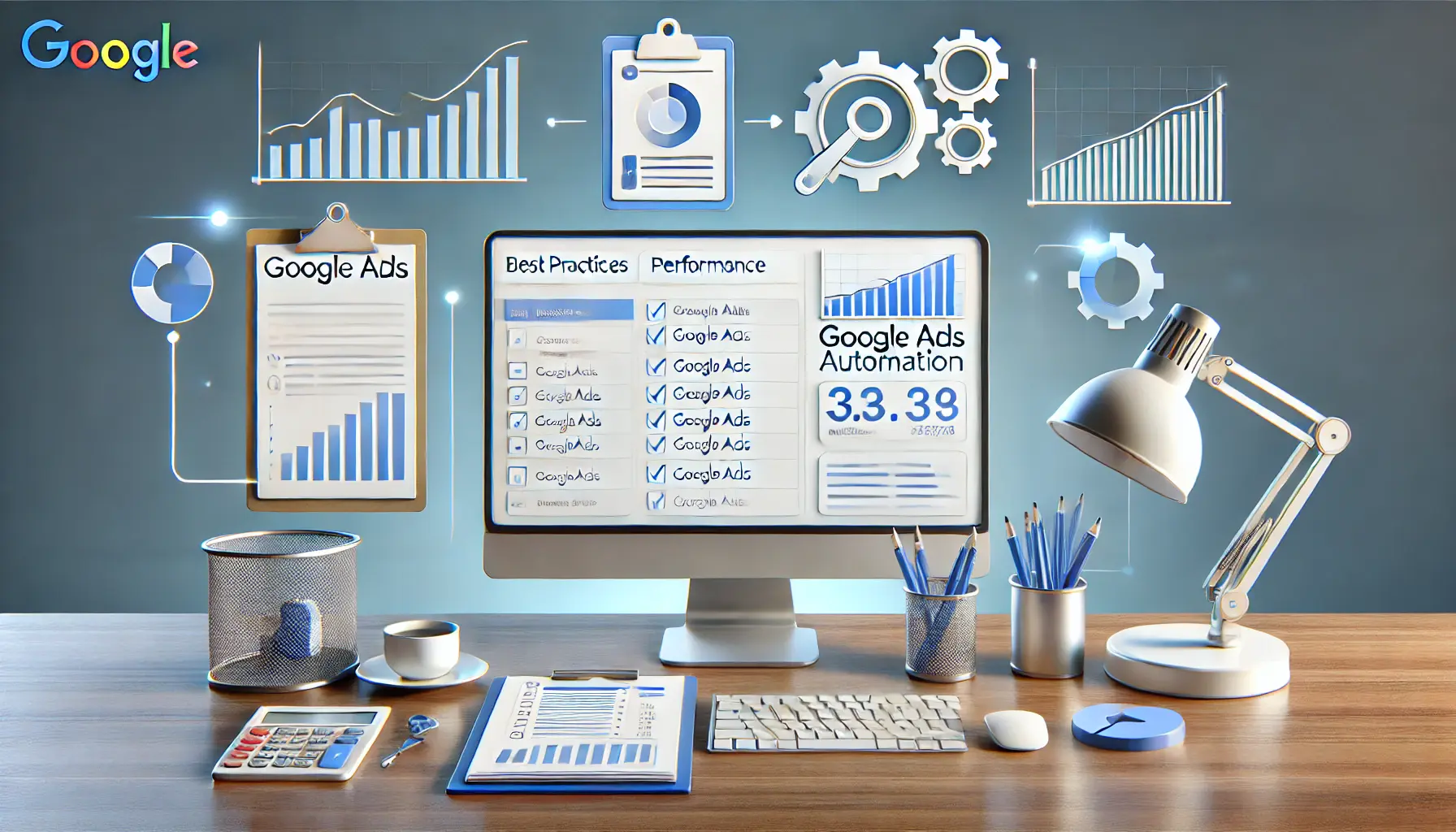
Best Practices for Google Ads Automation – Streamlining strategies for effective and optimized campaigns.
Best Practices for Google Ads Automation
Implementing automation in your Google Ads campaigns can significantly enhance efficiency and performance.
However, to fully leverage its potential, it’s essential to follow best practices that align with your business objectives.
Let’s explore some key strategies to optimize your automated campaigns.
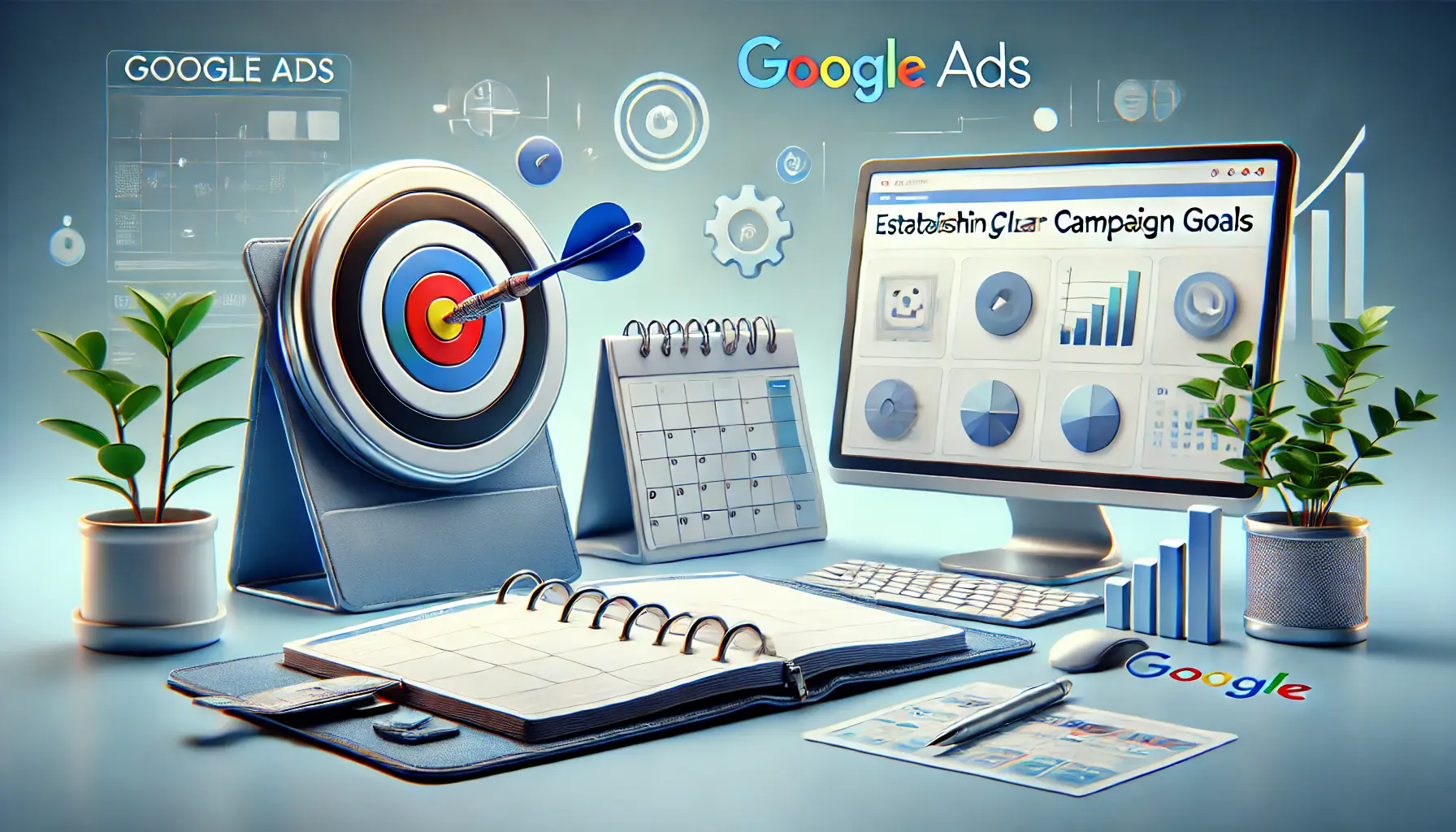
Establishing Clear Campaign Goals – Laying the foundation for strategic and successful digital advertising campaigns.
Establishing Clear Campaign Goals
Before integrating automation, define specific, measurable, achievable, relevant, and time-bound (SMART) goals for your campaigns.
Clear objectives guide the automation process and help in selecting appropriate strategies, such as choosing between Target CPAA bidding strategy in Google Ads that focuses on getting conversions at a specific cost-per-action. or Maximize ConversionsA bidding strategy that uses machine learning to generate as many conversions as possible within a set budget. bidding options.
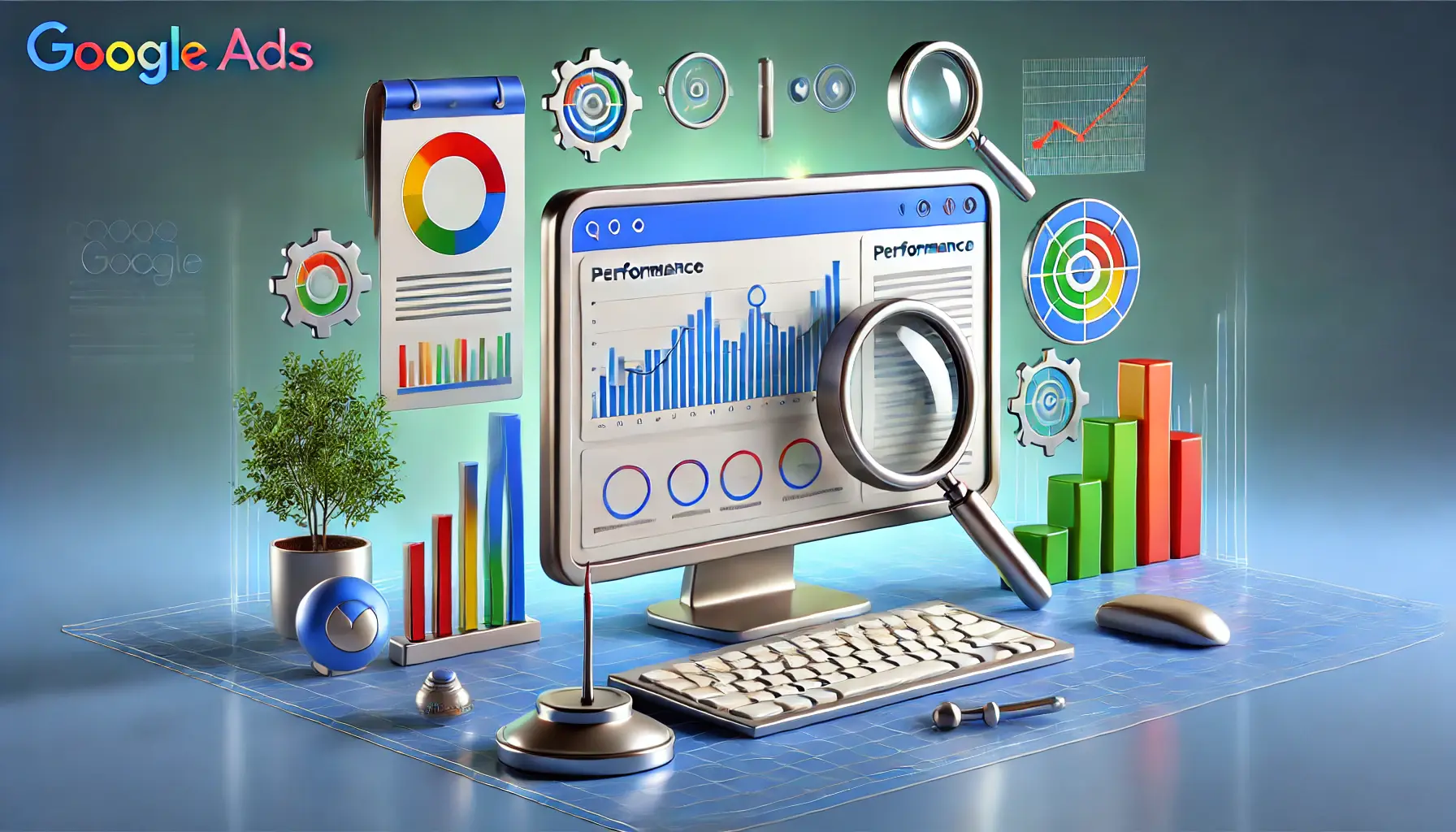
Monitoring and Adjusting Automated Strategies – Real-time optimization and strategic adjustments for Google Ads campaigns.
Monitoring and Adjusting Automated Strategies
While automation reduces manual intervention, regular monitoring remains crucial.
Analyze performance data to ensure automated strategies are meeting expectations.
Adjust parameters as needed to align with changing market conditions or business goals.
For instance, if automated bidding isn’t achieving desired results, consider refining your target metrics or exploring different bidding strategies.
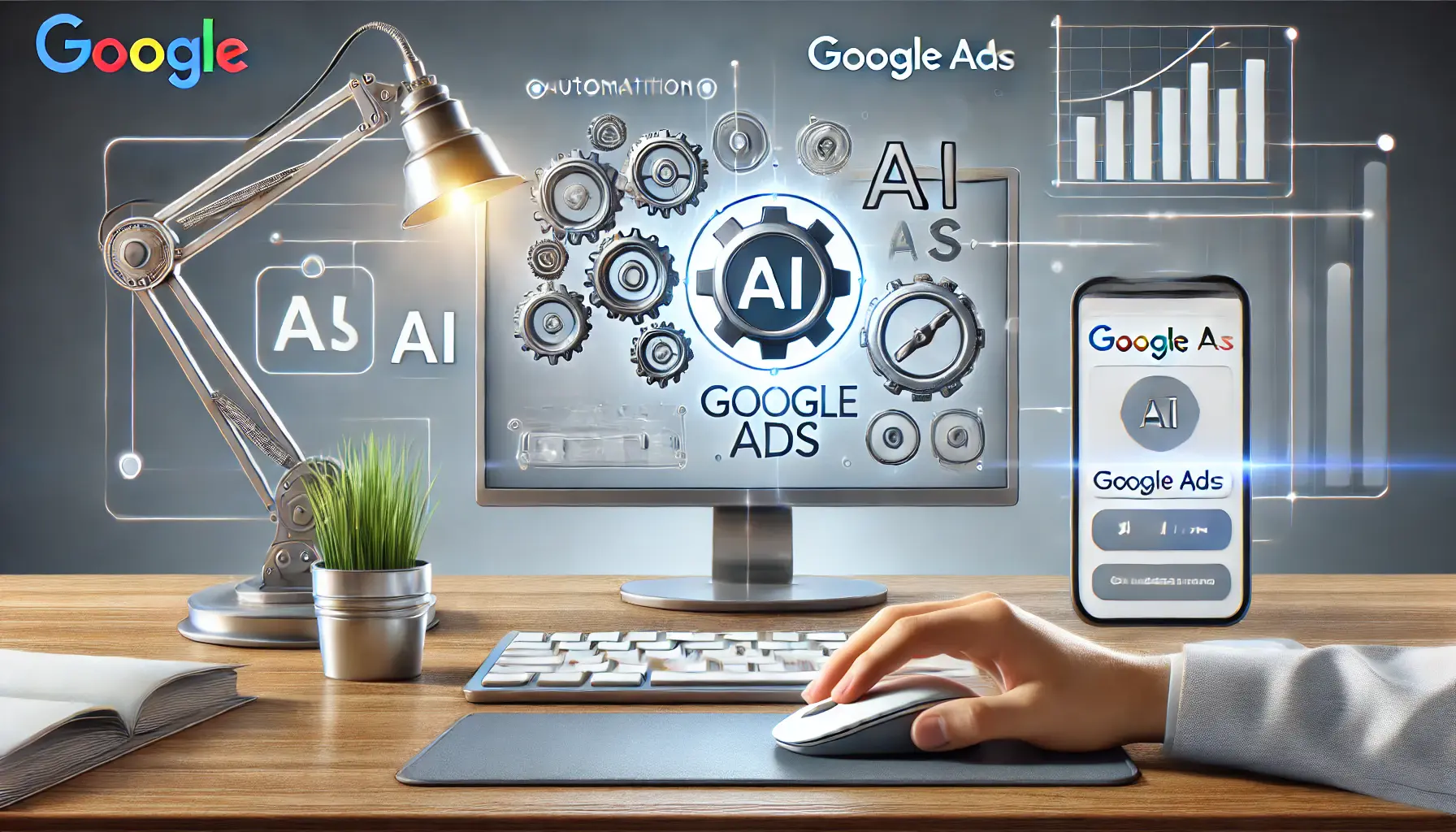
Combining Automation with Manual Oversight – Balancing technology and human judgment for optimized Google Ads campaigns.
Combining Automation with Manual Oversight
Automation is powerful, but it is not a replacement for human judgment.
Pair automation with manual oversight to keep your campaigns headed in the right direction.
Make informed decisions based on the recommendations provided by automation, using your insider knowledge and marketing experience to ensure that automation enhances—not overtakes—your strategic direction.
By following these best practices, you’ll unlock the full potential of Google Ads automation and drive your advertising goals effectively.
- Define clear goals to align automation with business objectives.
- Monitor automated strategies to ensure optimal performance.
- Combine automation with human oversight to maintain control and strategic direction.
Following these practices ensures you get the most out of Google Ads automation.
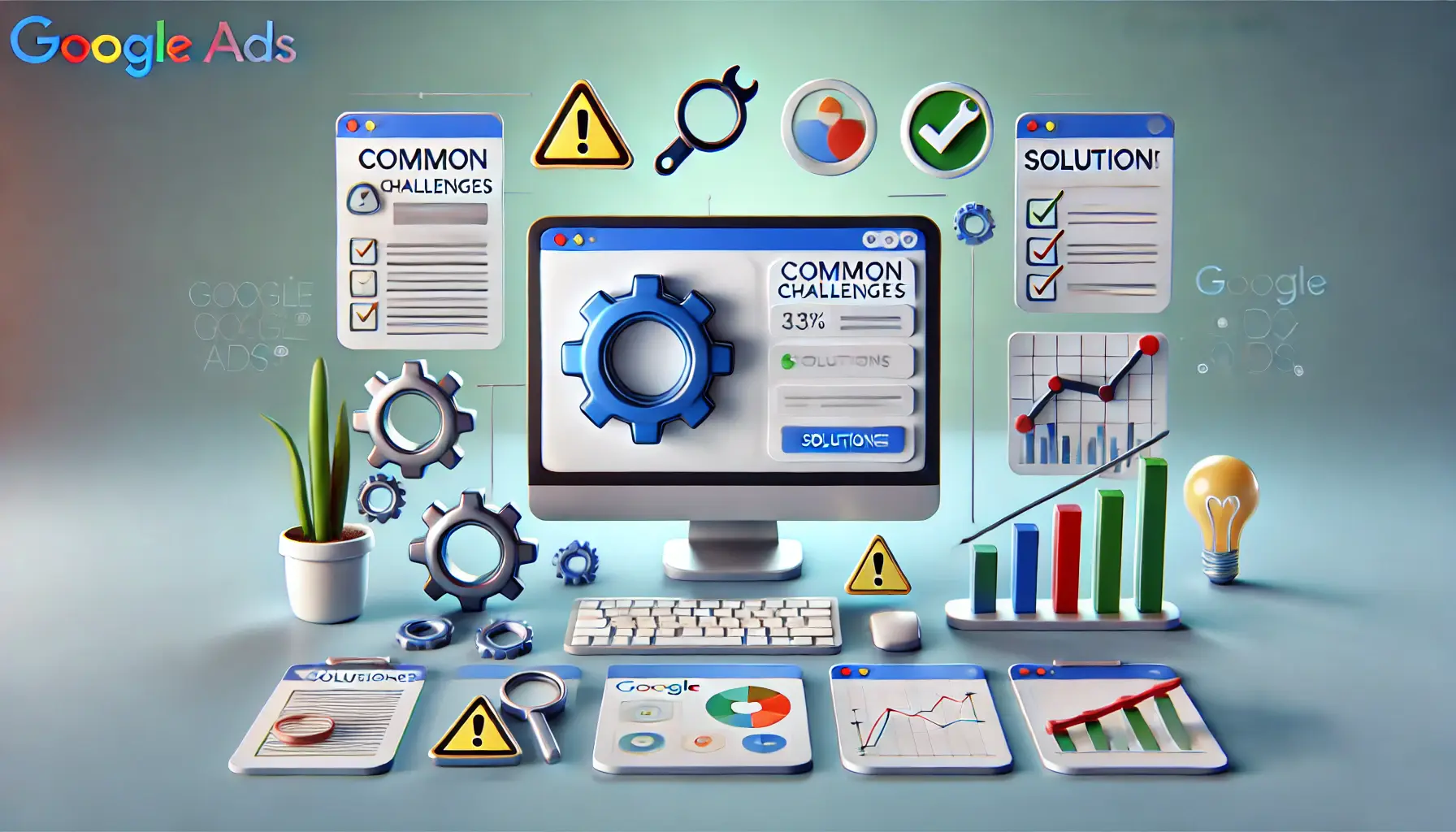
Common Challenges and Solutions in Google Ads Automation – Overcoming obstacles with optimization and problem-solving.
Common Challenges and Solutions in Google Ads Automation
While Google Ads automation offers numerous benefits, it also presents certain challenges.
Understanding these challenges and knowing how to address them is crucial for successful campaign management.
Let’s explore some common issues and their solutions.

Over-Reliance on Automated Bidding Strategies – Recognizing the risks of over-dependence on automation.
Over-Reliance on Automated Bidding Strategies
Automated bidding strategies can optimize your campaigns, but relying solely on them without proper oversight may lead to suboptimal performance.
To mitigate this:
- Regular Monitoring: Monitor your campaigns regularly to ensure automated bids are consistently aligned with your goals.
- Manual Adjustments: Be prepared to make manual bid adjustments whenever necessary to maintain control over your budget and performance.
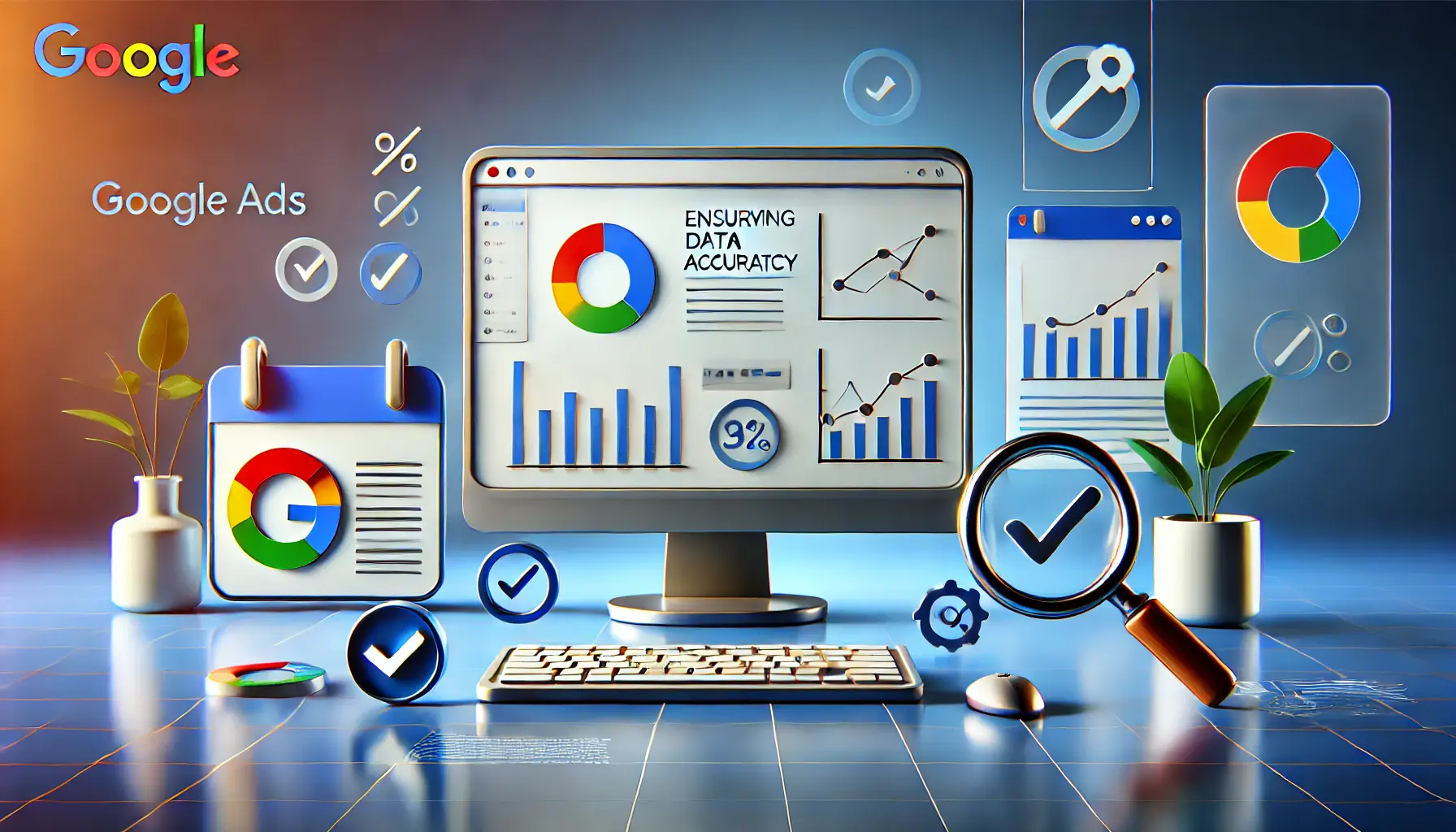
Ensuring Data Accuracy for Automated Decisions – Focusing on precision and reliability in data-driven Google Ads automation.
Ensuring Data Accuracy for Automated Decisions
Automation relies heavily on data.
Poor or incomplete data can result in ineffective decision-making.
To ensure data accuracy:
- Robust Tracking: Establish robust tracking systems to accurately monitor user interactions and conversions.
- Regular Data Audits: Conduct regular audits of your data to identify and correct any discrepancies.

Maintaining Creative Control in Automated Campaigns – Balancing human creativity with automated tools in digital advertising.
Maintaining Creative Control in Automated Campaigns
Automation can sometimes produce generic ad creatives that fail to resonate with your target audience.
To maintain creative control:
- Customize Ad Creatives: Regularly review automated ad suggestions and tailor them to reflect your brand voice and messaging.
- Test Variations: Conduct A/B testing to determine which creative options perform best for your audience.
By proactively addressing these challenges, you can harness the full potential of Google Ads automation to achieve your marketing objectives while maintaining control over your campaigns.
Challenges like over-reliance on automated bidding, data inaccuracies, and lack of creative control can limit campaign success.
- Regular monitoring and manual adjustments can counter over-reliance.
- Accurate tracking systems and data audits ensure reliable data.
- Review automated ad creatives and customize them to maintain brand consistency.
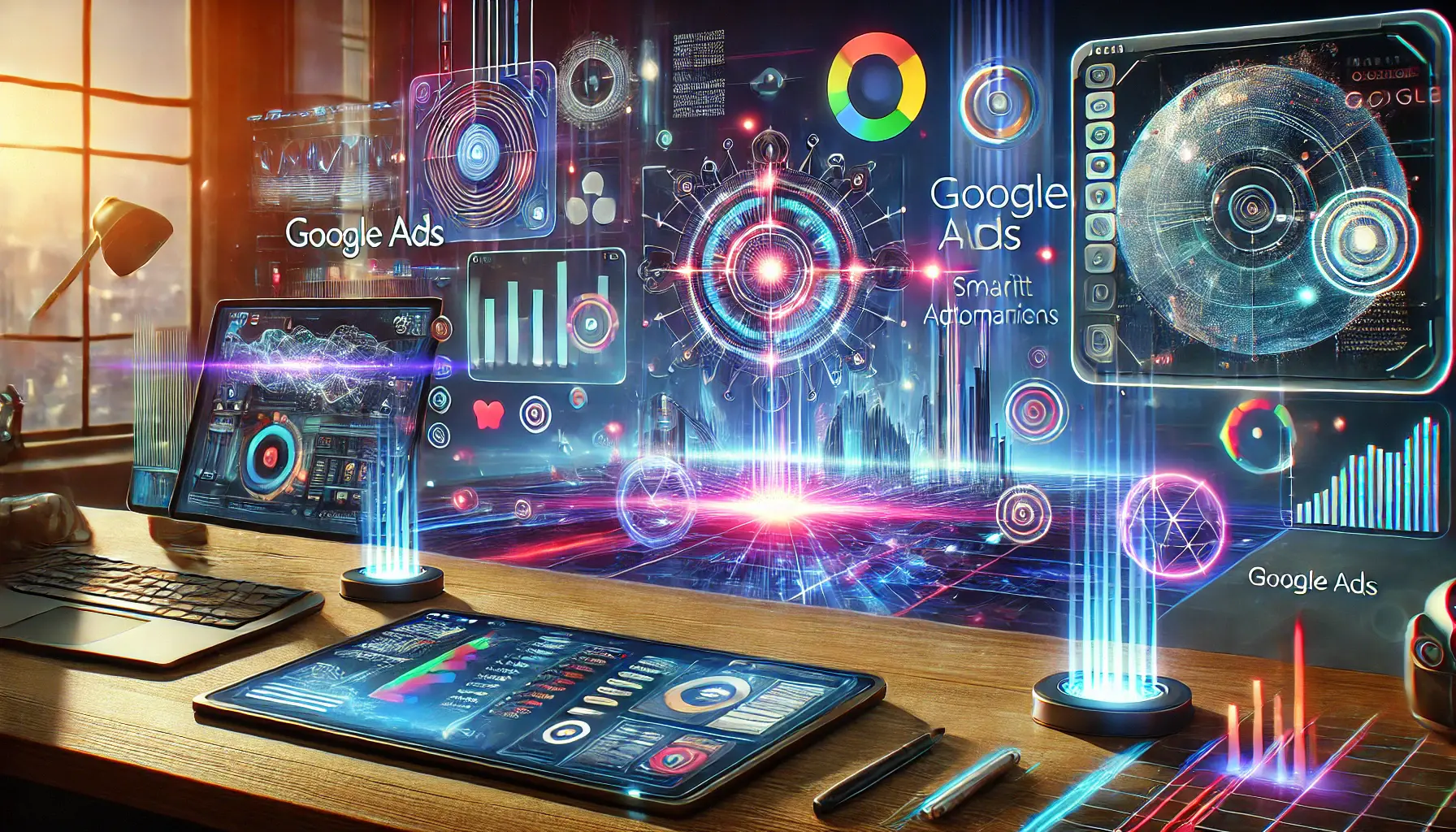
Future Trends in Google Ads Automation – Exploring the next generation of smart, data-driven advertising tools.
Future Trends in Google Ads Automation
As digital advertising continues to evolve, Google Ads is at the forefront of integrating advanced technologies to enhance campaign performance and user engagement.
Staying informed about emerging trends in Google Ads automation is essential for advertisers aiming to maintain a competitive edge.
Let’s explore some key developments shaping the future of Google Ads automation.
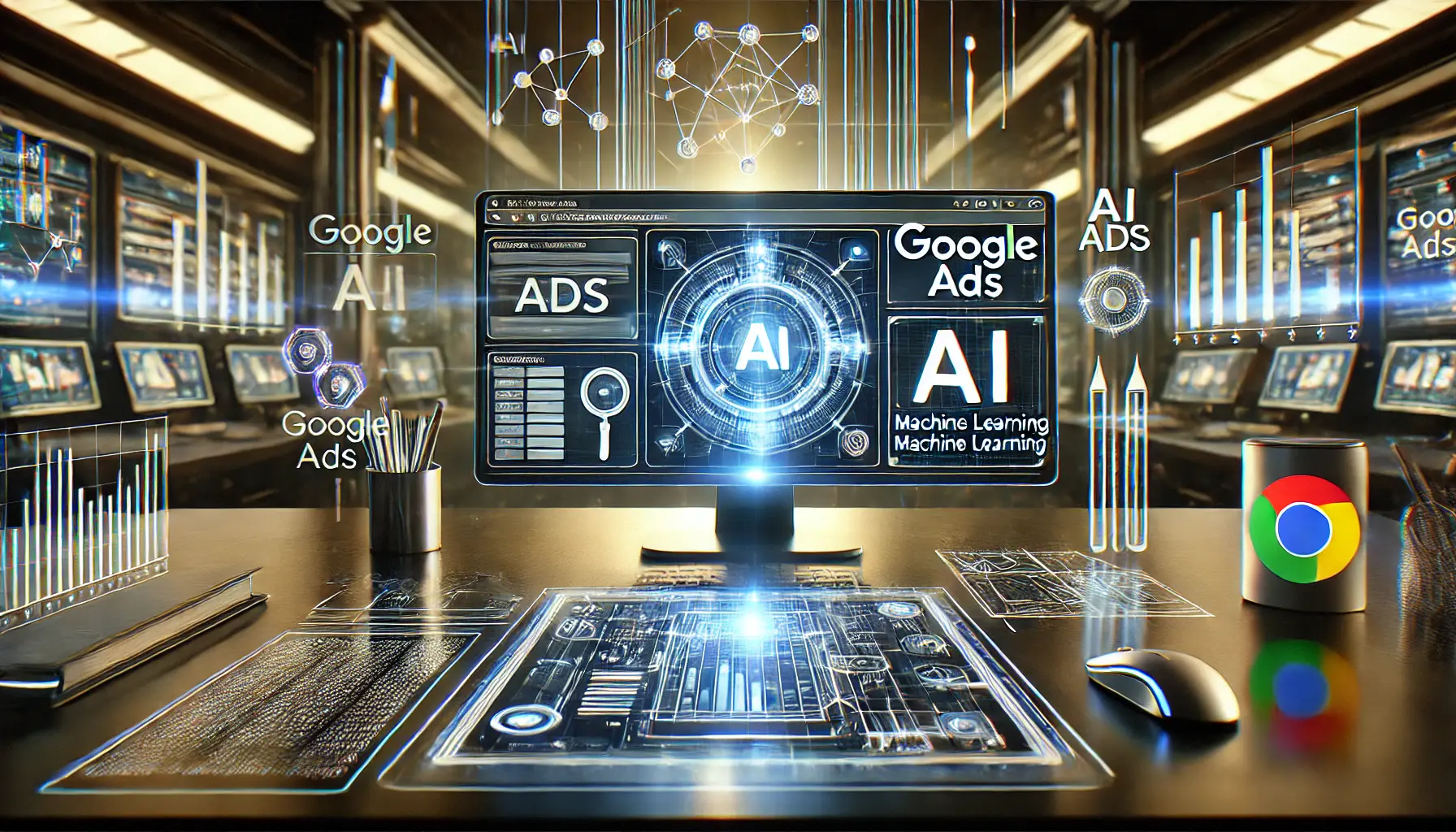
Increased Integration of Artificial Intelligence and Machine Learning – Harnessing intelligent algorithms to drive digital advertising success.
Increased Integration of Artificial Intelligence and Machine Learning
Artificial intelligence (AIArtificial Intelligence, the simulation of human intelligence processes by machines.) and machine learning (ML) are becoming increasingly central to Google Ads automation.
These technologies enable more efficient data analysis, audience targeting, and real-time bid adjustments, leading to improved campaign outcomes.
AI-driven features like Smart Campaigns and Performance Max allow advertisers to optimize their ad spend and reach audiences more effectively across multiple platforms.
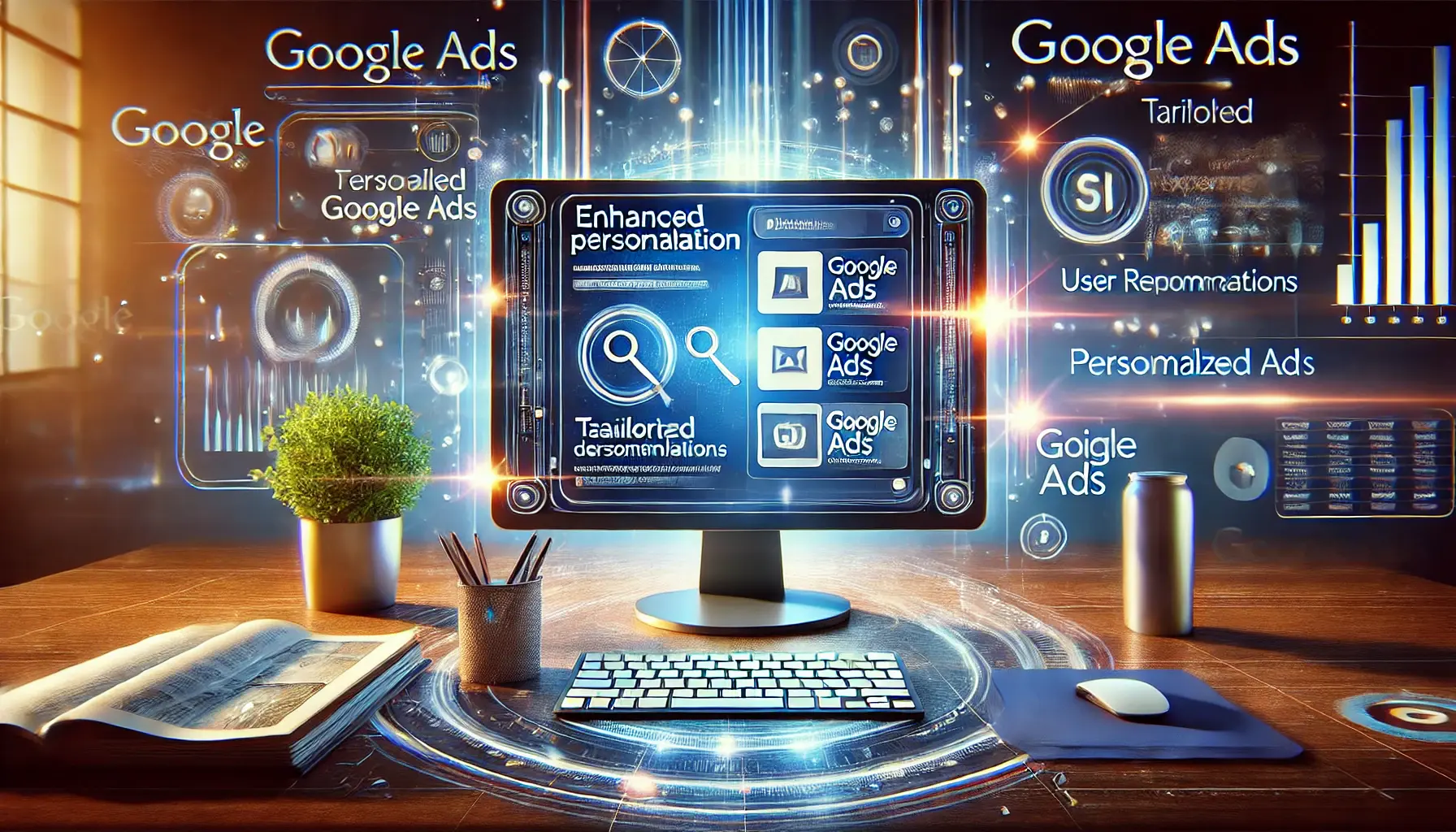
Enhanced Personalization and User Experience – Creating tailored, engaging experiences in digital advertising.
Enhanced Personalization and User Experience
Personalization continues to be a major focus in digital advertising.
Google Ads is expected to offer more tools that allow advertisers to create highly personalized ad experiences, improving user engagement and conversion rates.
This includes further advancements in responsive search ads and dynamic ad formats, enabling content to be tailored to individual user preferences and behaviors.

Emphasis on Privacy and Data Security – Prioritizing strong data protection in digital advertising.
Emphasis on Privacy and Data Security
With increasing concerns over data privacy, Google Ads is likely to implement stricter data protection measures.
Advertisers will need to adapt to new privacy regulations and develop strategies that respect user data while still delivering effective, targeted ads.
This shift emphasizes the importance of first-party dataInformation collected directly by a company from its customers, such as purchase history or website behavior. and ethical data collection practices.
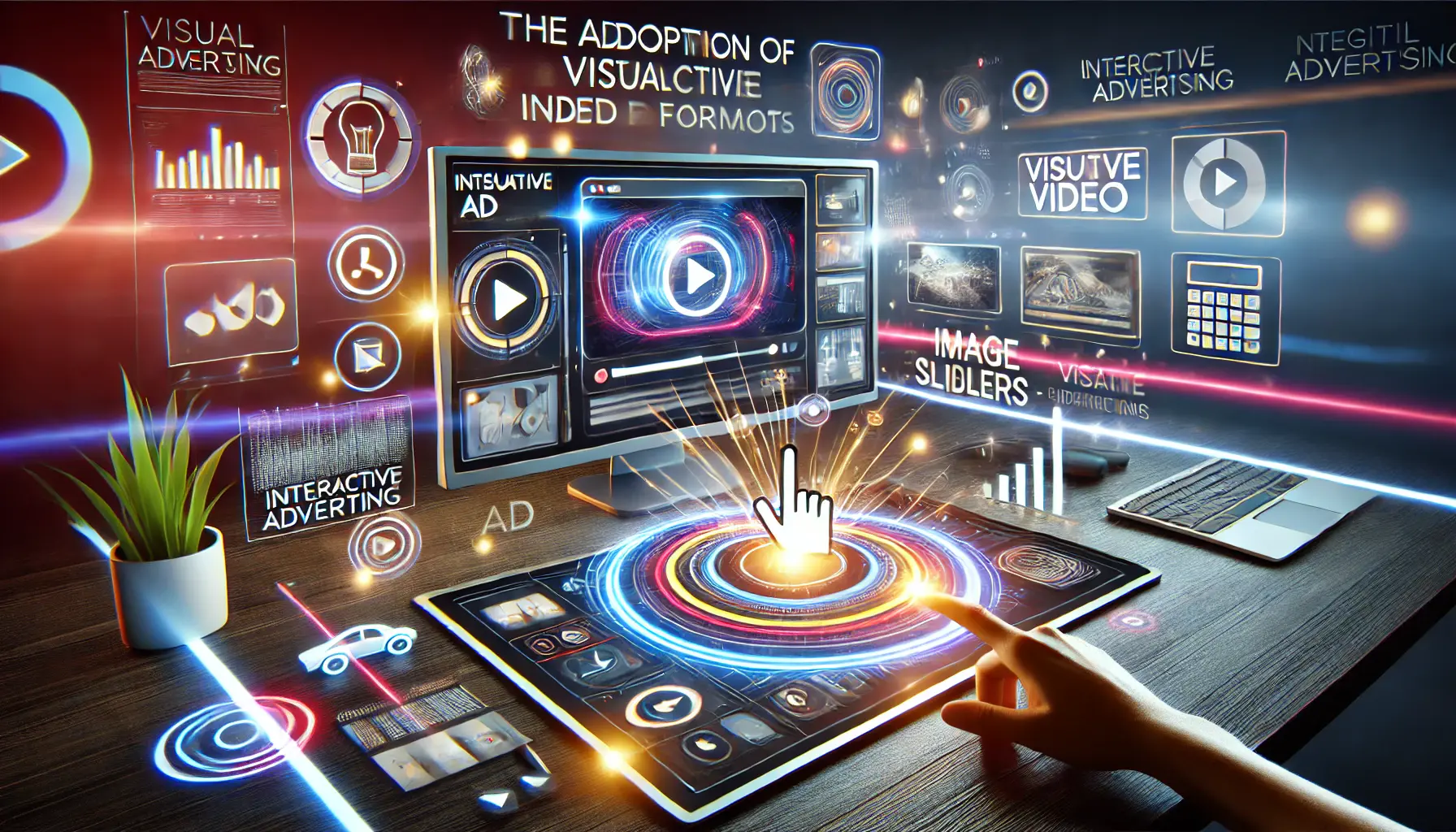
Adoption of Visual and Interactive Ad Formats – Engaging users with dynamic, interactive advertising.
Adoption of Visual and Interactive Ad Formats
The future of Google Ads points towards more visual and interactive ad formats to increase user engagement.
Advertisers should anticipate features that support short-form videos and immersive ad experiences, aligning with the growing popularity of platforms like TikTok and Instagram Reels.
If advertisers remain aware of these trends and embrace change at the right time, they can tap into the full capabilities of Google Ads automation to make their campaigns relevant and effective in this constantly evolving digital environment.
AI, enhanced personalization, stricter data privacy measures, and interactive ad formats will shape the future of Google Ads automation.
- Adopt AI-driven features for better performance.
- Prepare for privacy-focused advertising strategies.
- Leverage short-form videos and immersive ad formats to engage users.
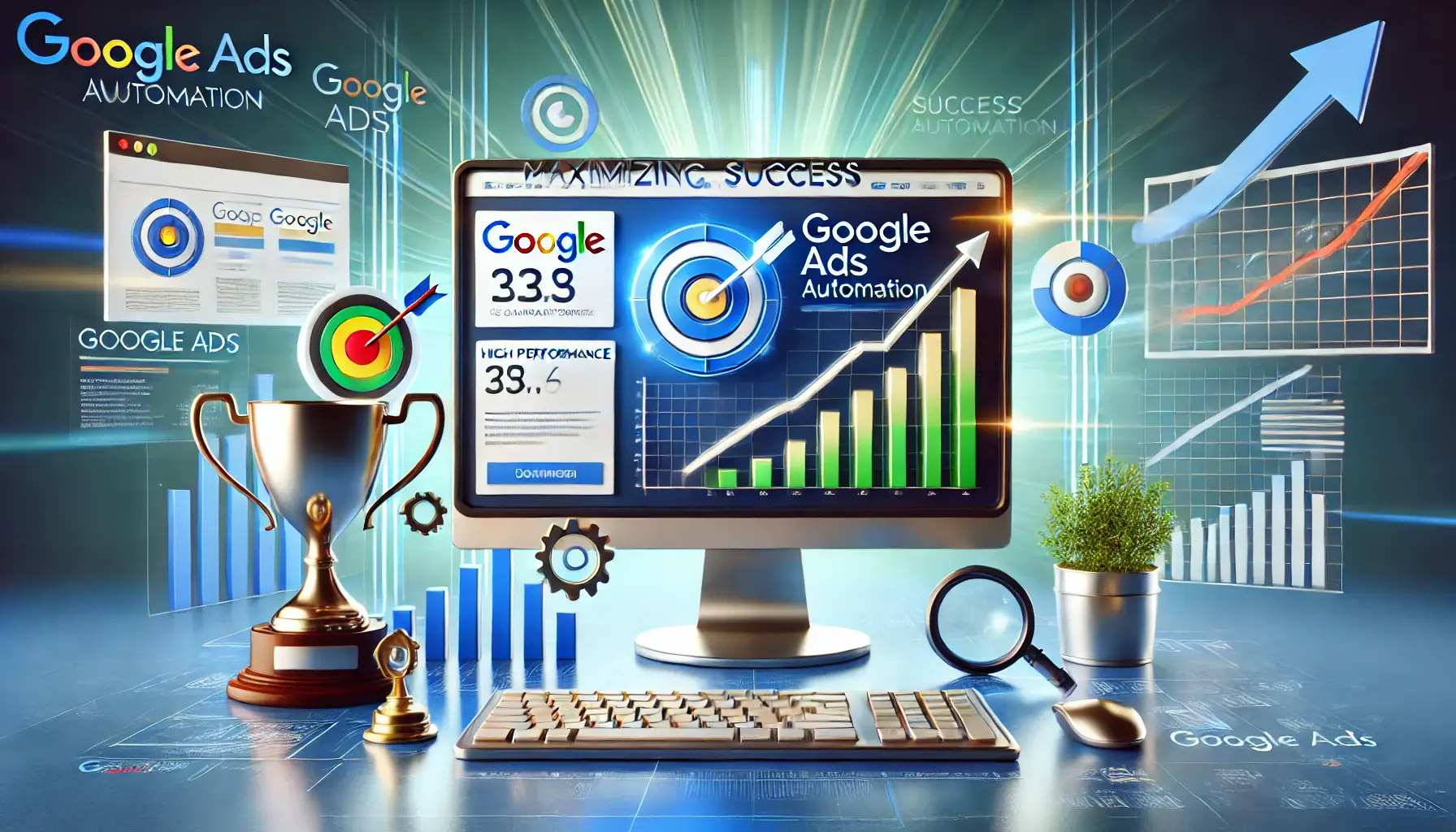
Maximizing Success with Google Ads Automation – Achieving growth and efficiency through automated campaigns.
Maximizing Success with Google Ads Automation
Google Ads automation is revolutionizing the digital marketing landscape by simplifying campaign management, enhancing performance, and allowing advertisers to focus on strategic growth.
As highlighted throughout this article, adopting automation effectively requires a combination of technical understanding, strategic oversight, and adaptability to emerging trends.
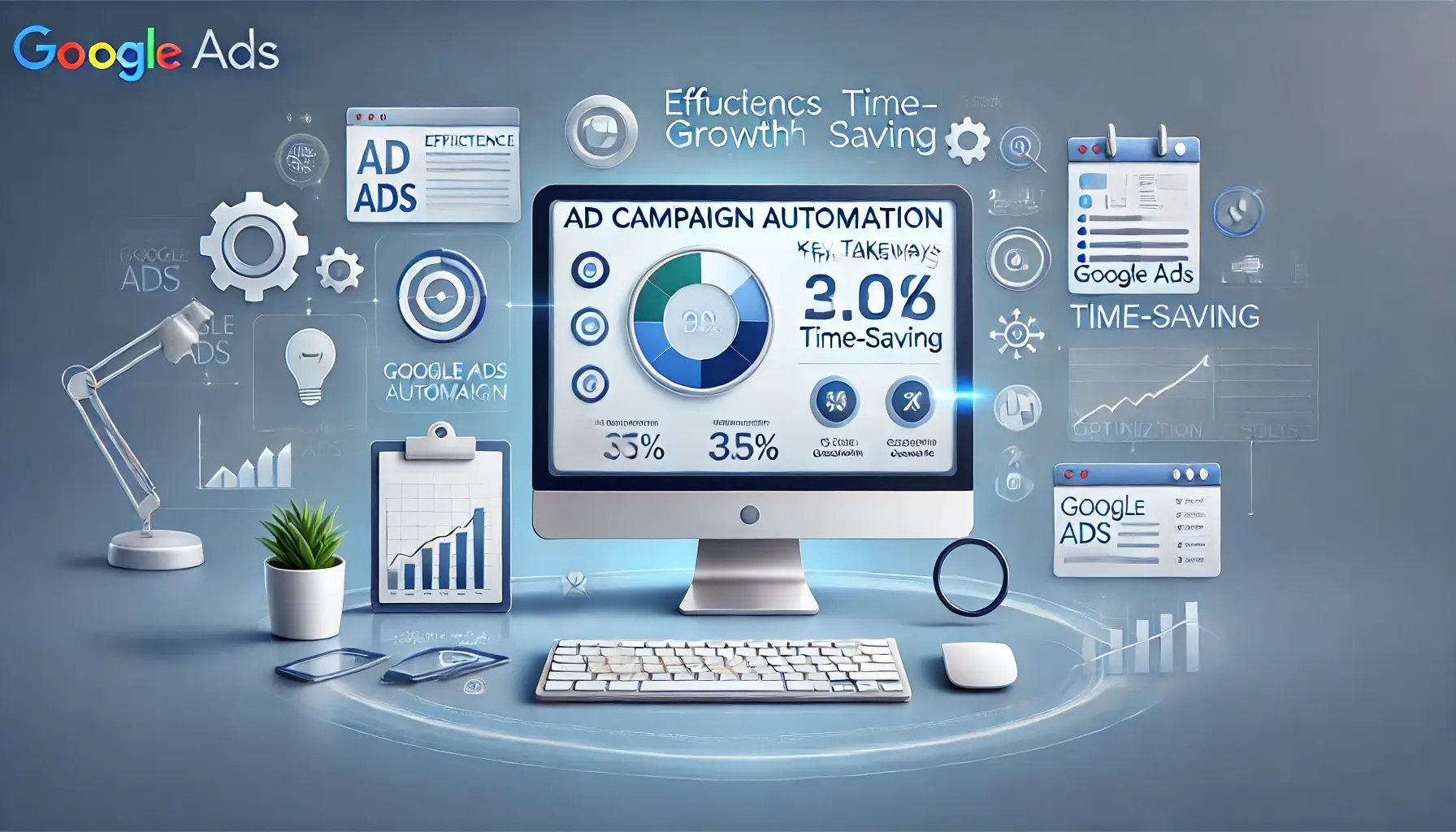
Key Takeaways from Ad Campaign Automation – Emphasizing the benefits of efficiency, growth, and time-saving.
Key Takeaways from Ad Campaign Automation
To fully exploit ad campaign automation in Google Ads, keep the following considerations in mind:
- Employ Sophisticated Technologies: Use automated bidding and ad extensions to streamline operations and achieve better results.
- Human Intervention: While automation reduces manual tasks, regular monitoring and adjustments are essential to ensure campaigns meet business objectives.
- Address Common Challenges: Effectively tackle overdependence on automation, data inaccuracies, and loss of creative control to optimize performance.
- Stay Ahead of Trends: Leverage advancements in AI, personalization, and privacy measures to maintain a competitive edge in the evolving digital marketplace.
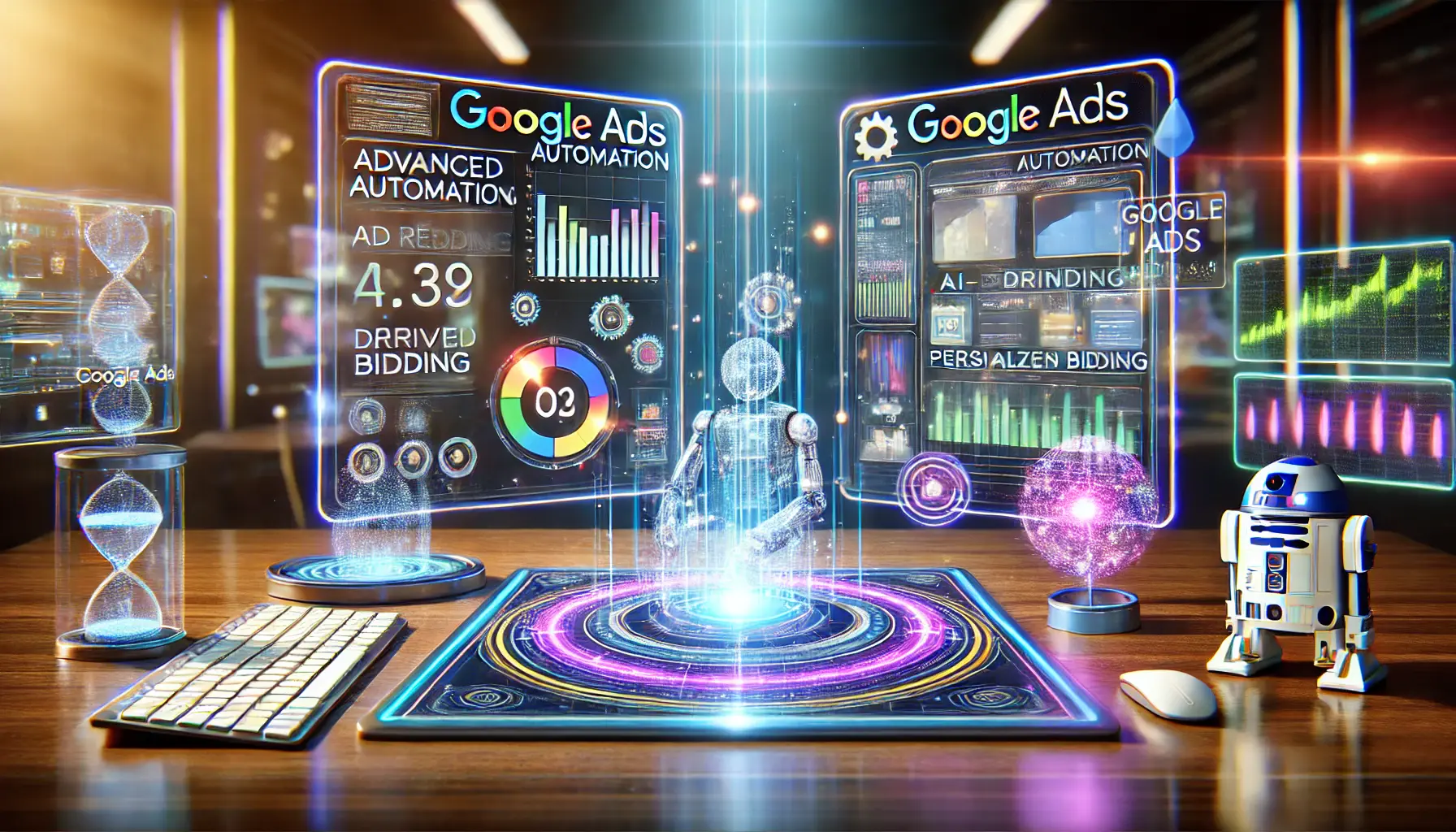
The Future of Advertising with Google Ads Automation – Embracing next-gen automation and AI for advanced ad strategies.
The Future of Advertising with Google Ads Automation
As automation continues to evolve, digital advertising is expanding its horizons.
From employing AI for smarter decisions to adopting interactive and visual ad formats, Google Ads automation sets new benchmarks for efficiency and innovation.
Advertisers who adapt to these advancements will be better positioned to thrive in an increasingly competitive environment.
By implementing the best practices discussed in this article and embracing emerging trends, you can unlock the full potential of Google Ads automation.
This will not only simplify campaign management but also ensure substantial returns on your advertising investments.
- Employ sophisticated automation technologies for efficiency.
- Combine automation with human insights to maintain control.
- Address challenges proactively to enhance outcomes.
- Stay updated with trends to ensure relevance in digital advertising.
These strategies will help you maximize the impact of your automated campaigns.
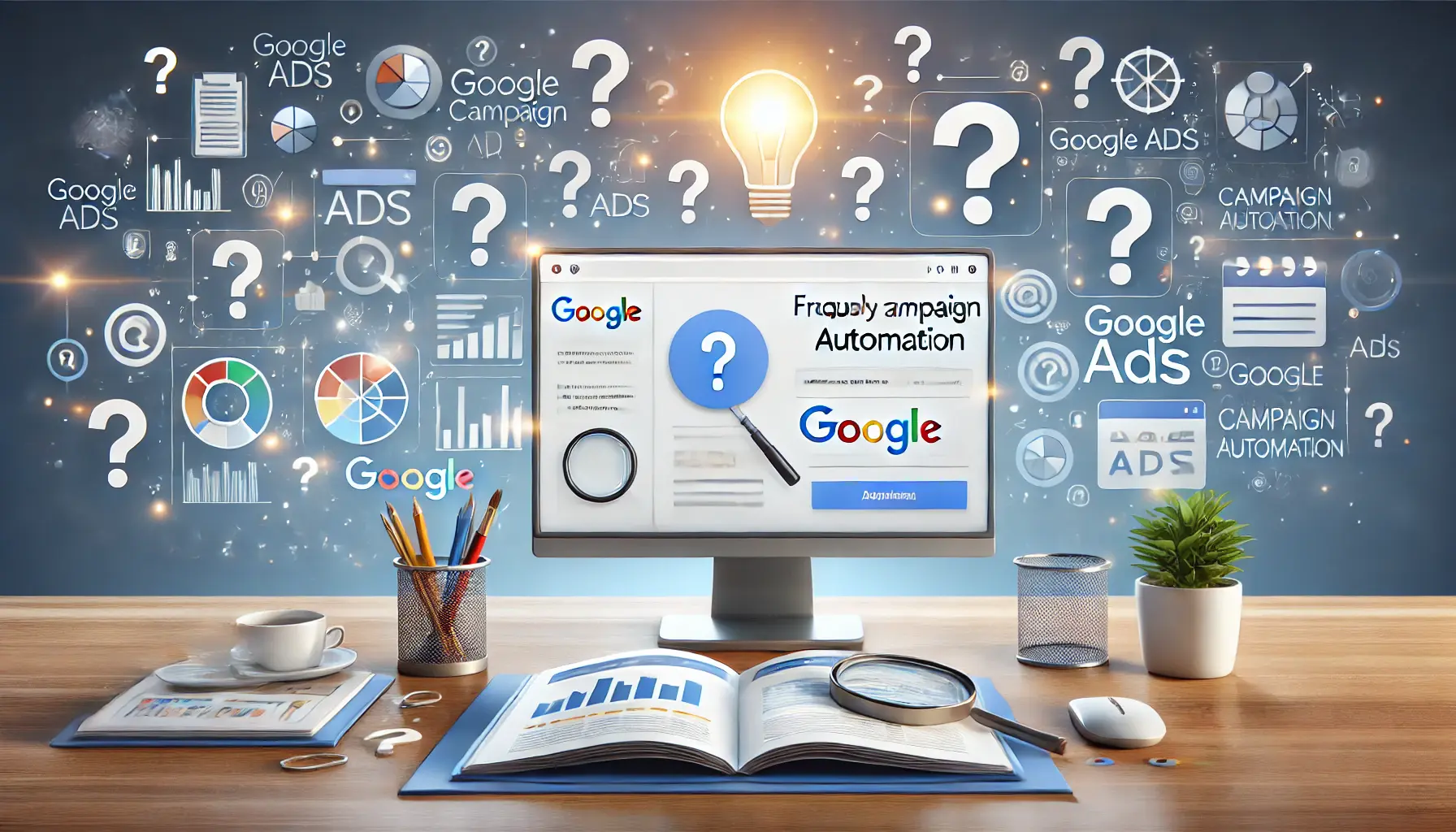
Ad Campaign Automation in Google Ads: Frequently Asked Questions – Exploring the most common inquiries and answers about automation.
Your campaigns can be managed by an agency specialized in Google Ads, check out our service page.
Ad Campaign Automation in Google Ads: Frequently Asked Questions
Automating ad campaigns on Google Ads ensures order and structure in campaign management, improving performance and effectiveness.
Let’s address some common questions and provide quick answers about ad campaign automation on Google Ads.
Ad campaign automation uses AI and machine learning to optimize your campaigns, handling tasks like bidding, targeting, and ad placements in real time to achieve specific goals.
Yes, automation optimizes processes, but you retain full control over ad creatives, messaging, and overall campaign strategy.
Benefits include saving time, improving performance, enabling real-time bid adjustments, and enhancing audience targeting capabilities for better campaign results.
Potential risks include over-reliance on automation and data inaccuracies.
Regular monitoring and adjustments can help mitigate these issues.
Use Google Ads’ reporting tools to track key performance metrics and make necessary adjustments to ensure your campaigns stay aligned with your goals.
Yes, businesses of all sizes can benefit from automation.
However, strategies should be customized to fit specific objectives, industry, and available resources.
Log in to your Google Ads account, navigate to ‘Bulk Actions,’ select ‘Rules,’ and create rules tailored to your campaign needs for optimal performance.
Yes, automation optimizes budget allocation across campaigns, maximizing your return on investment by focusing spend on the best-performing ads.
